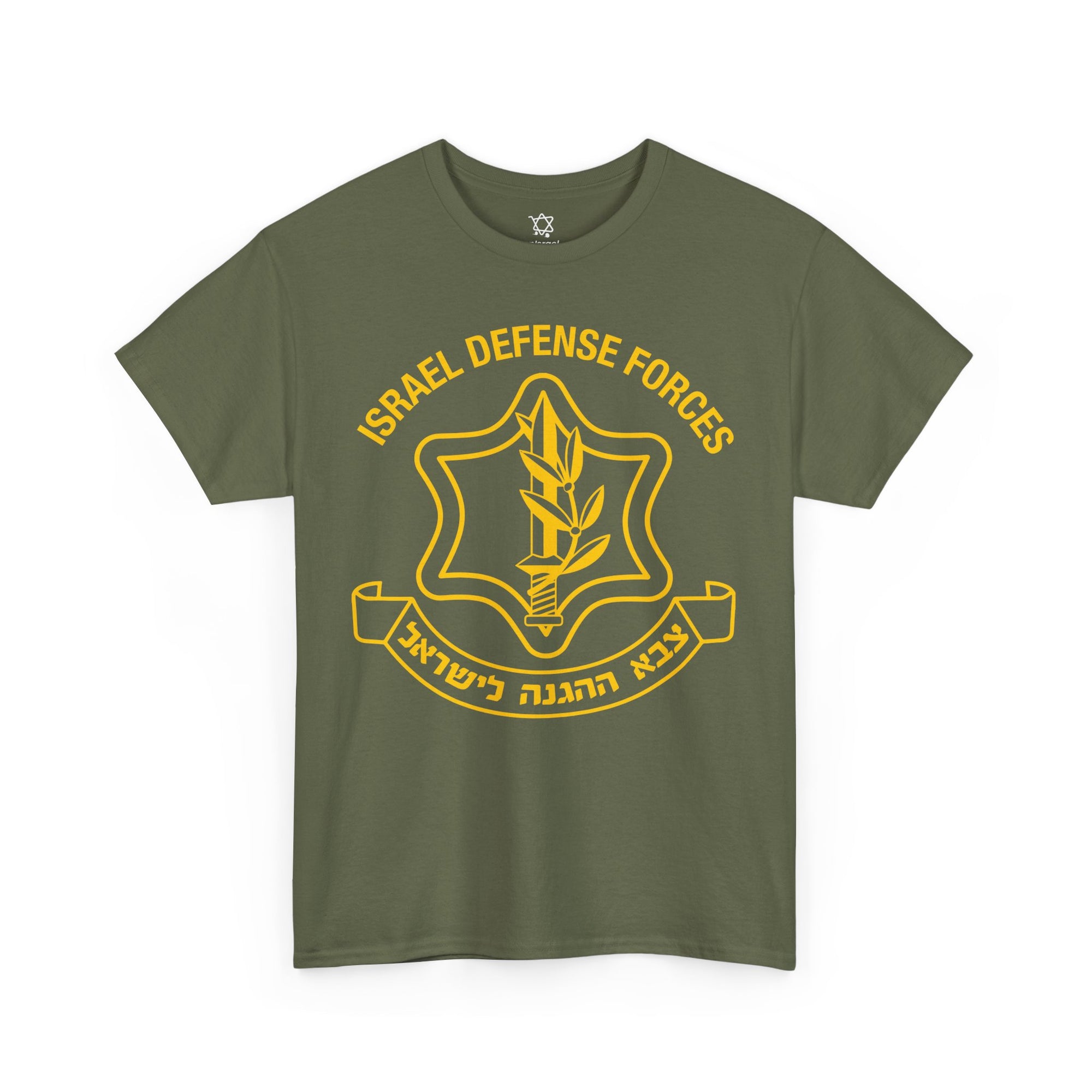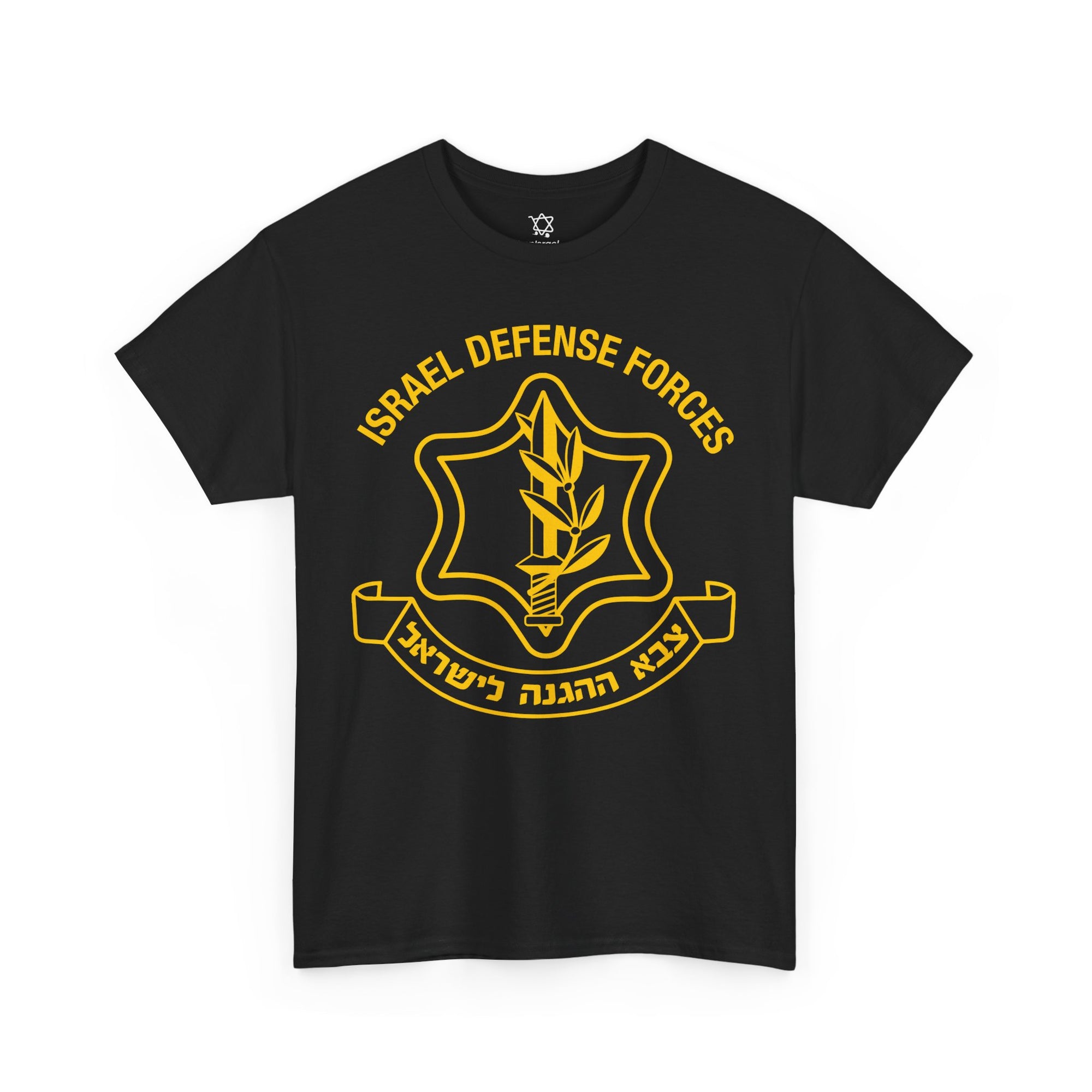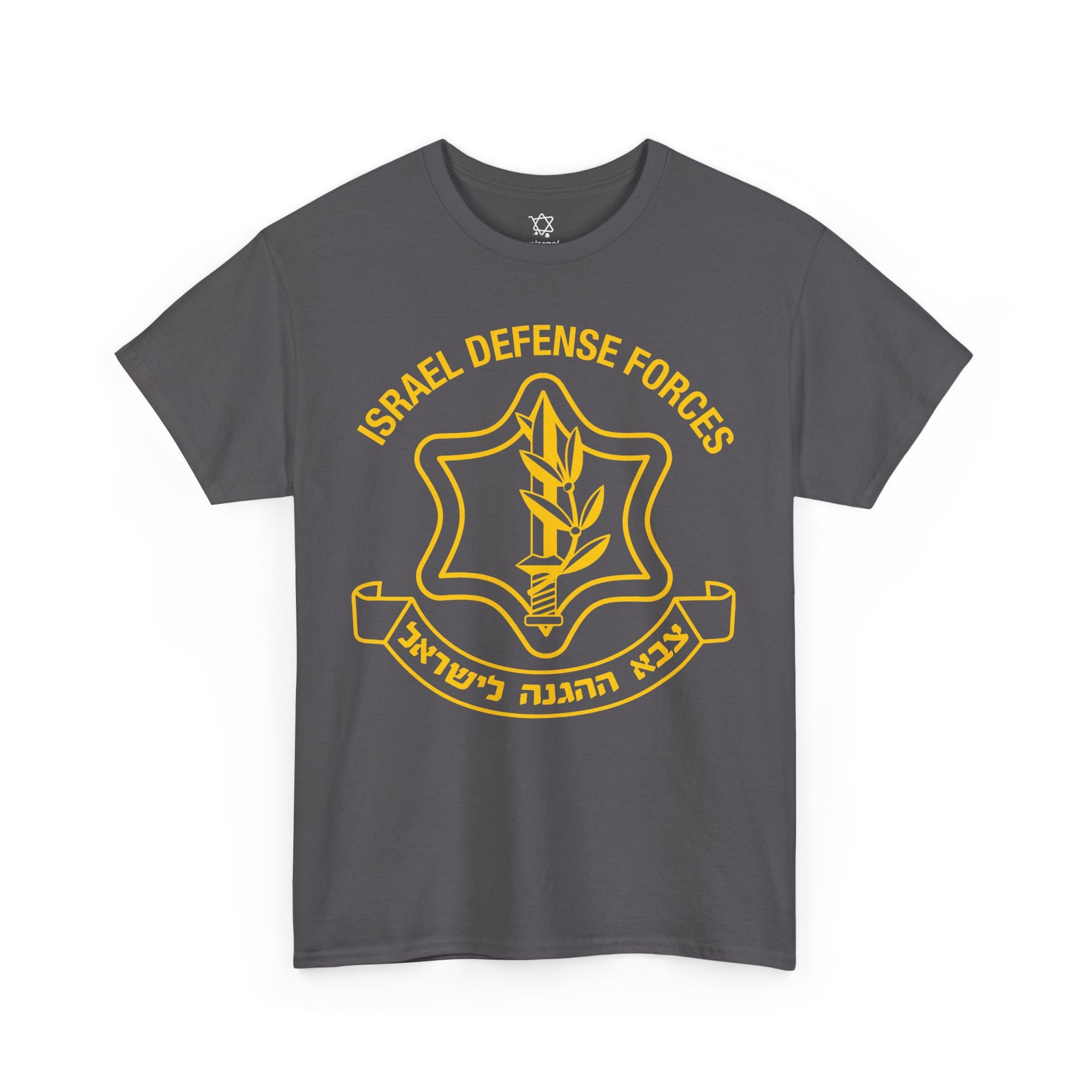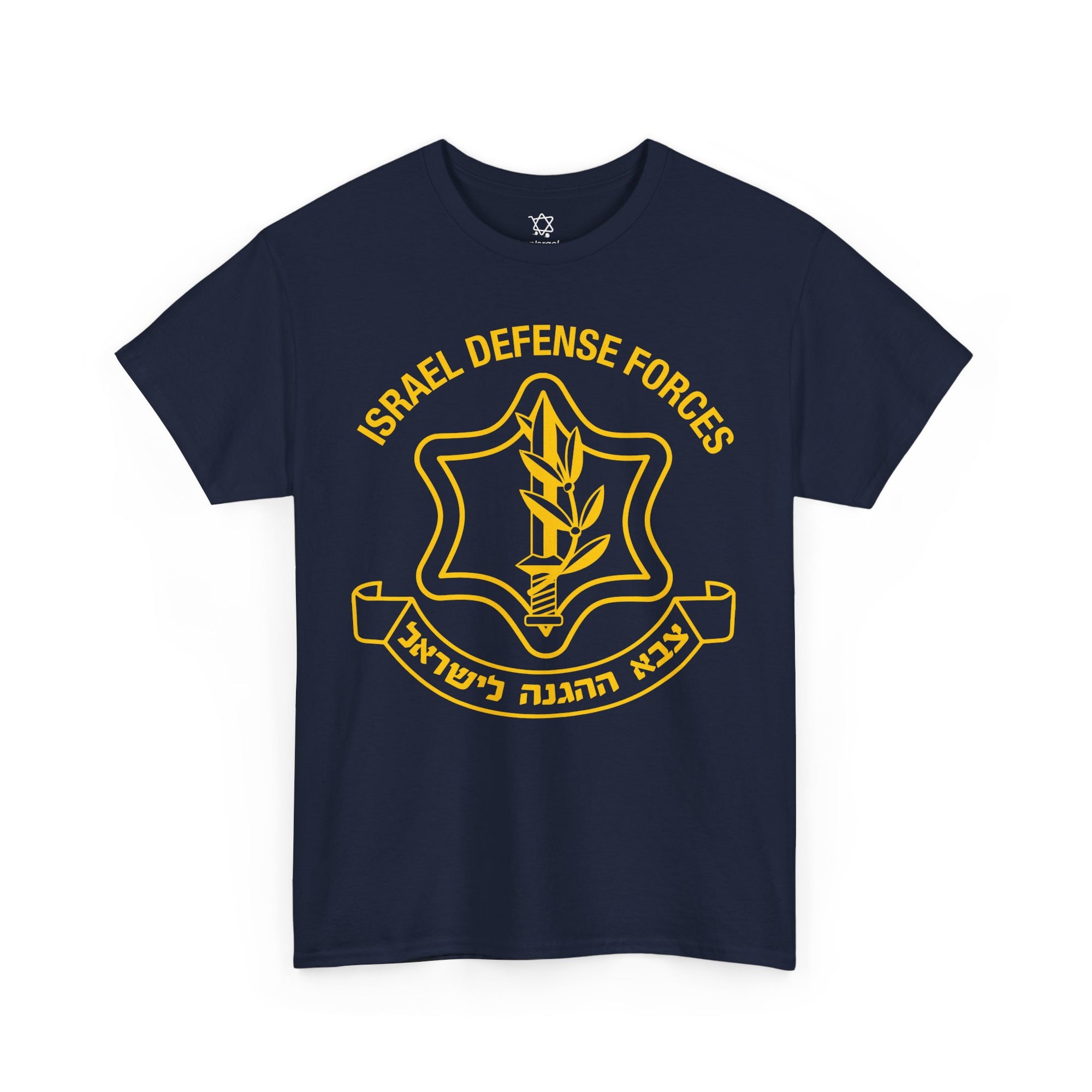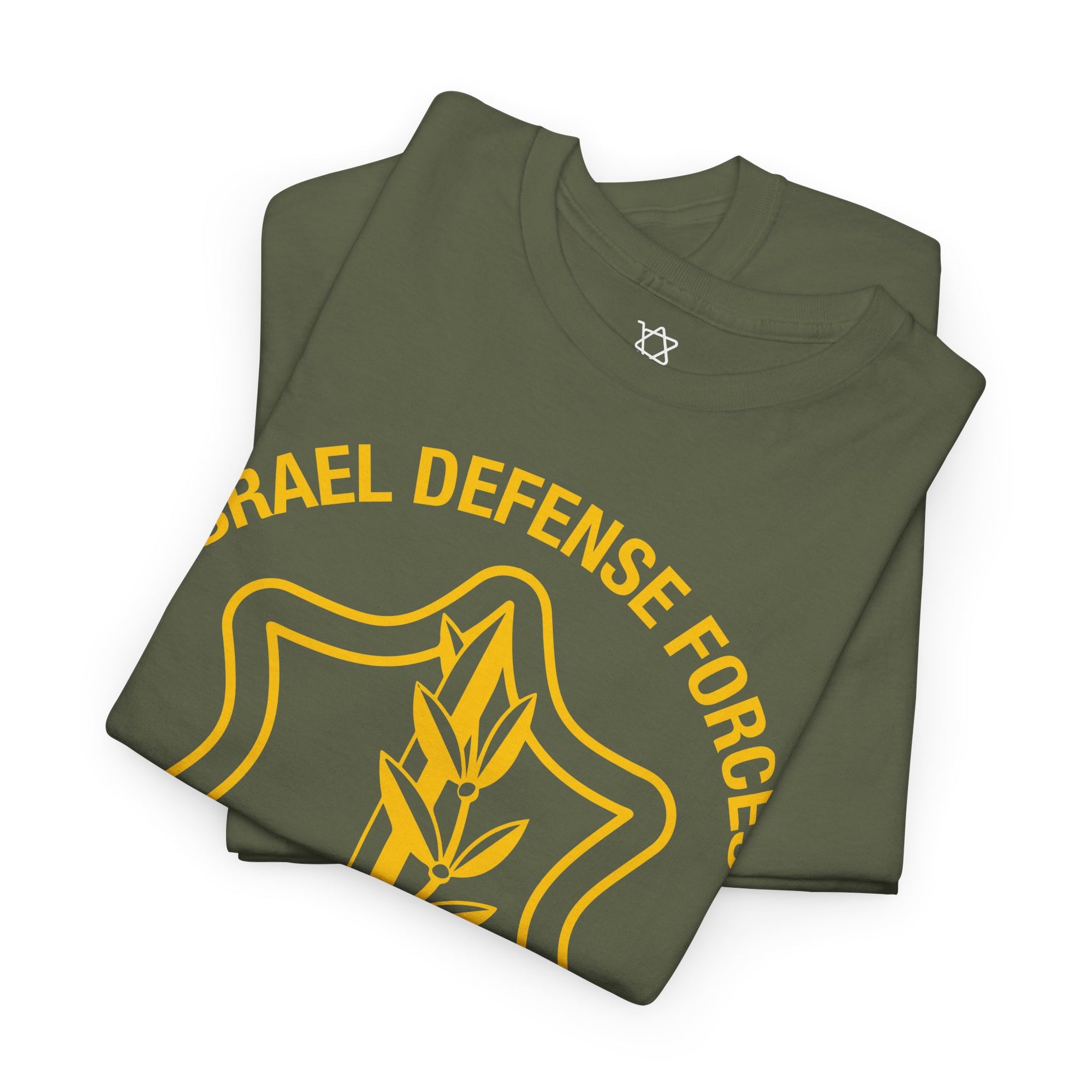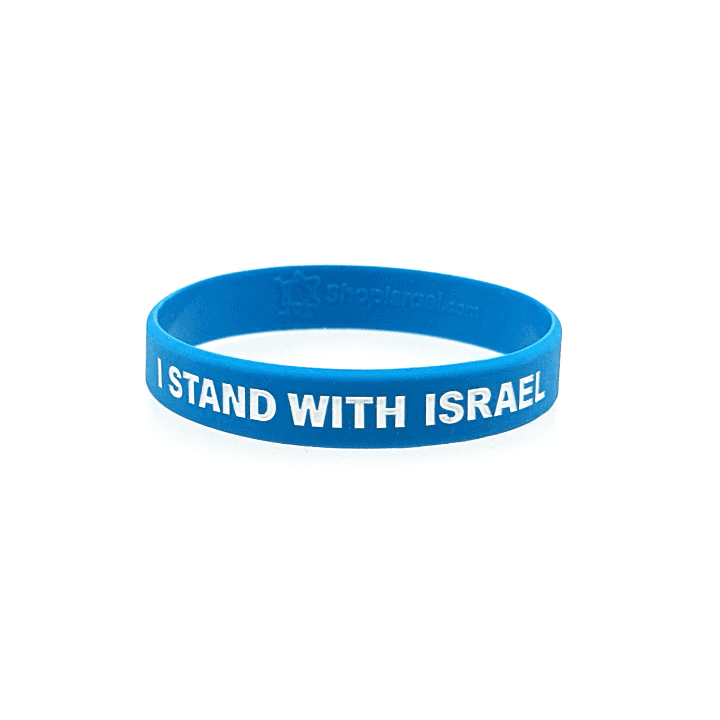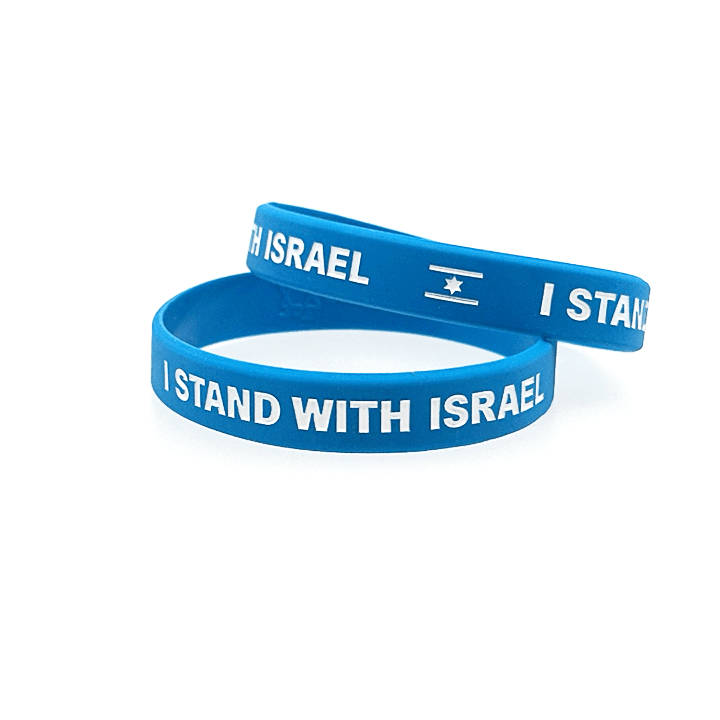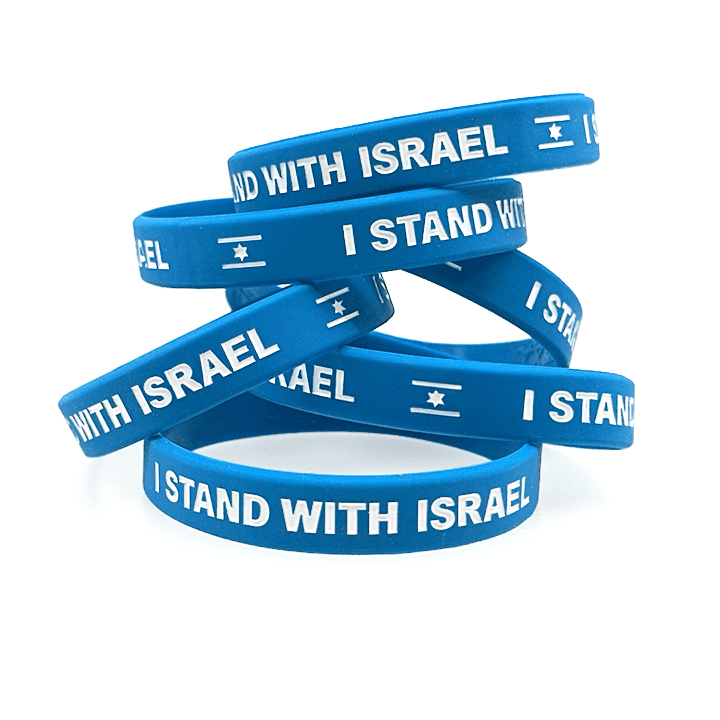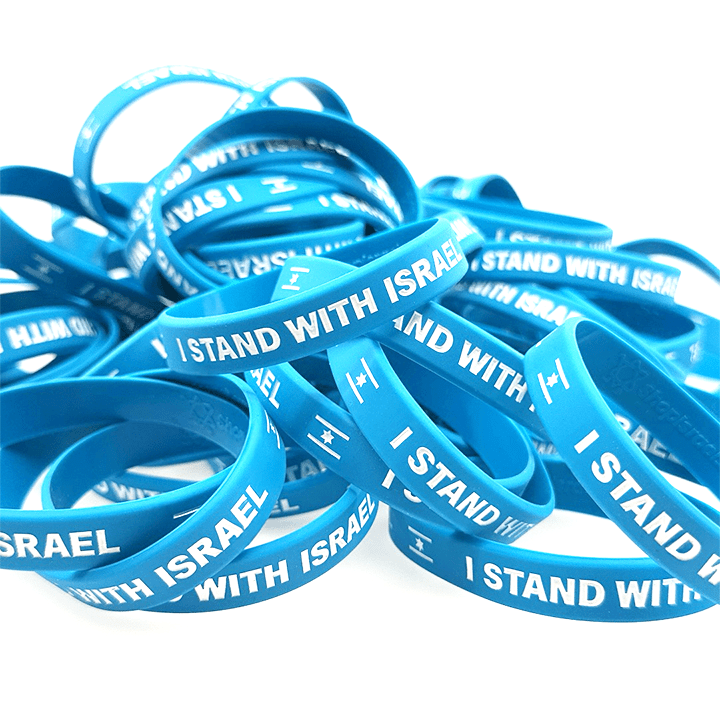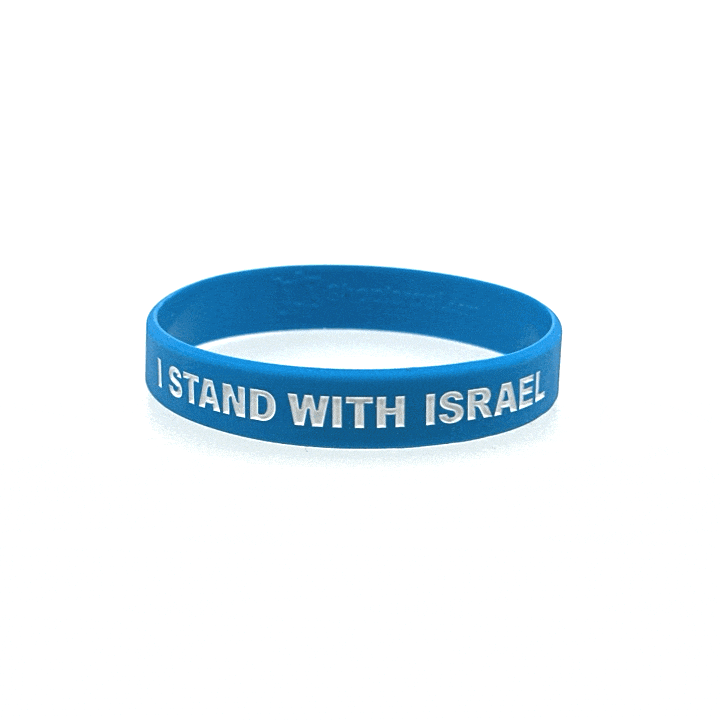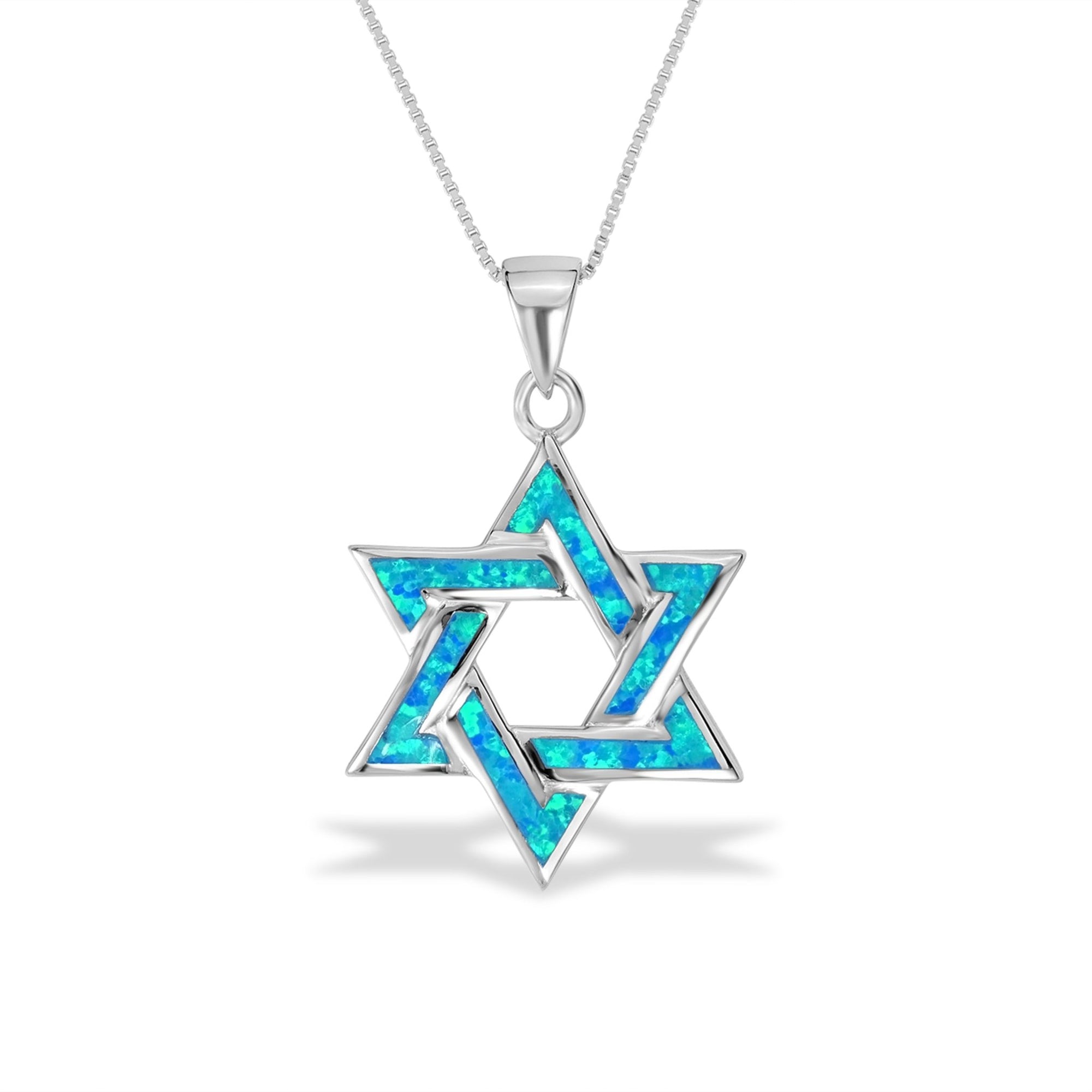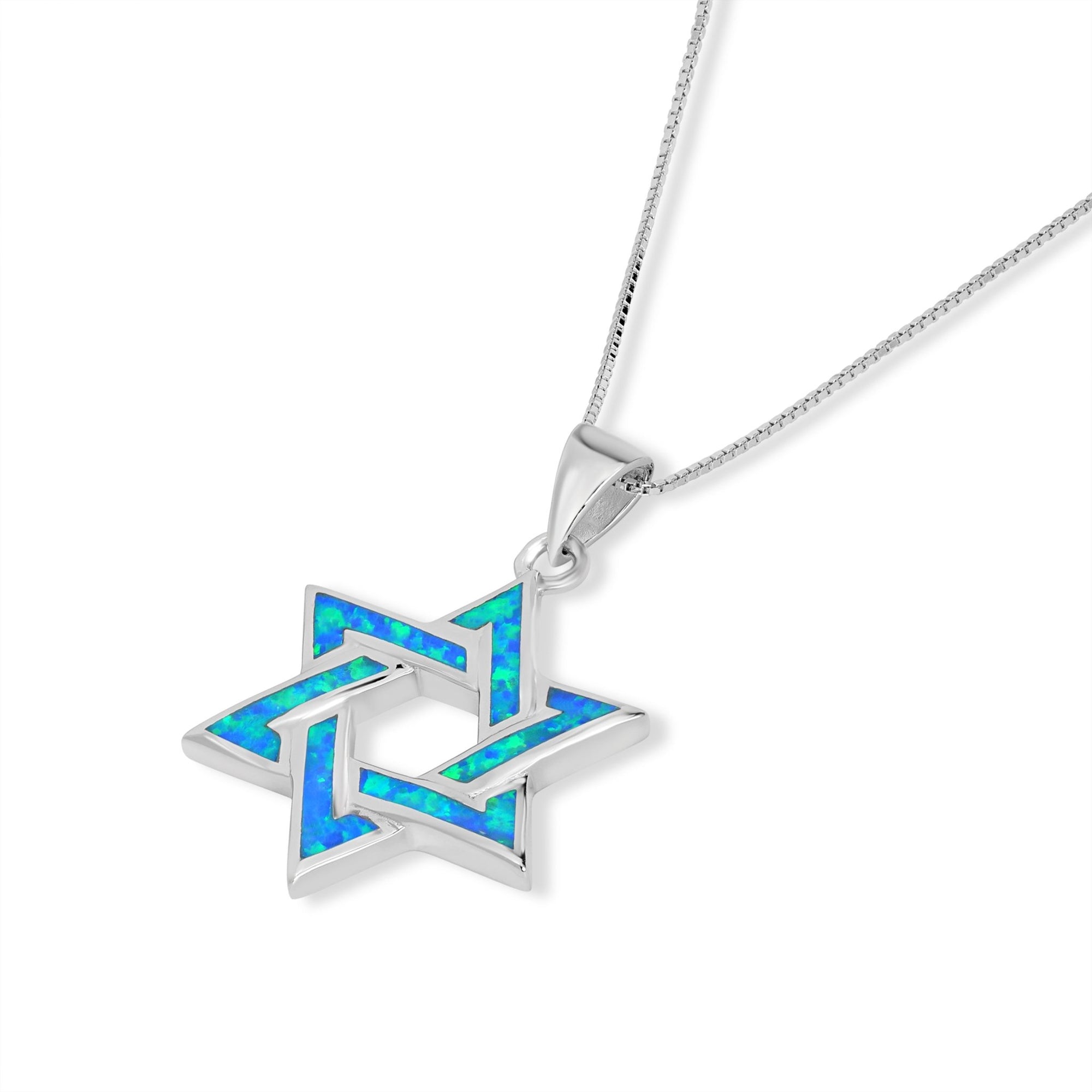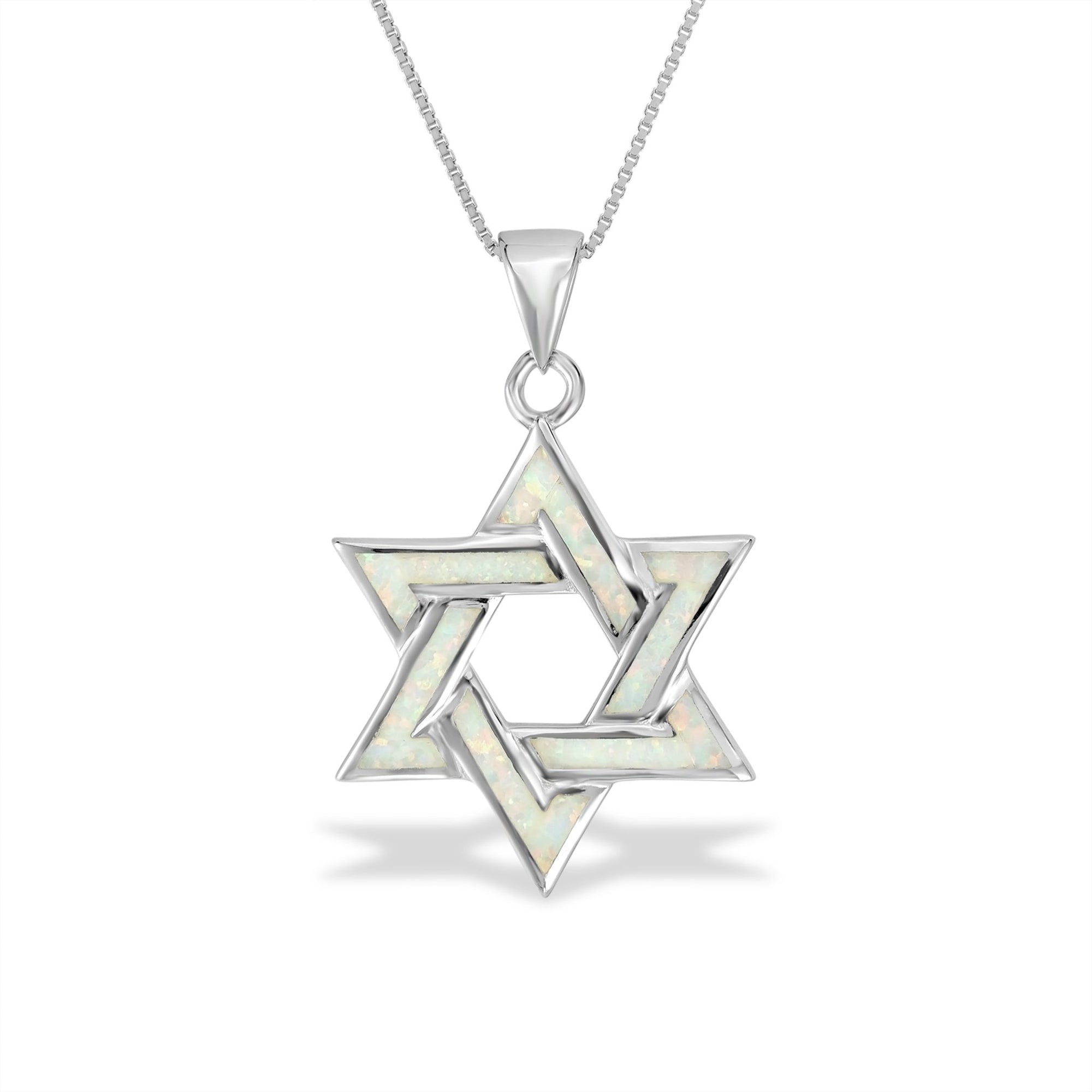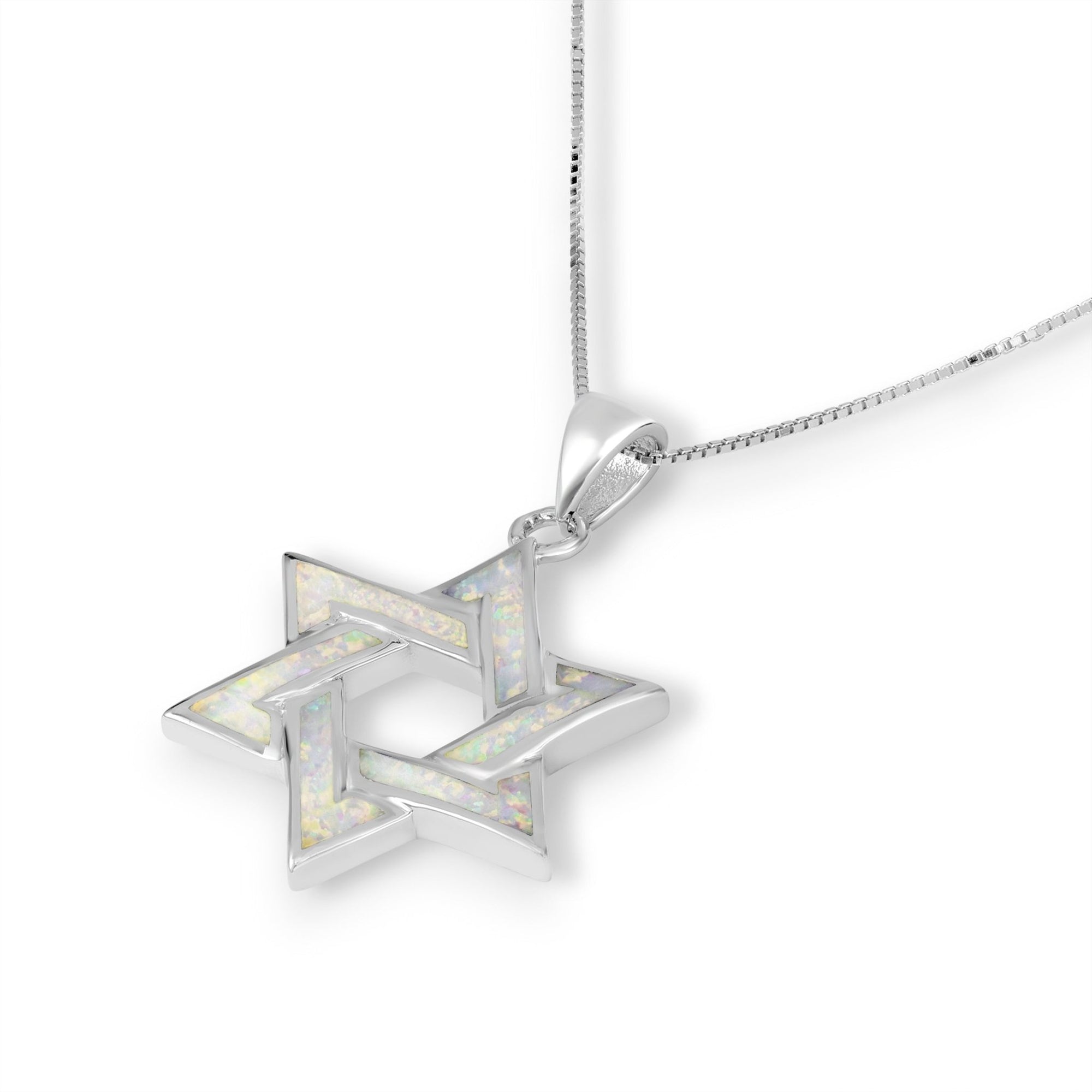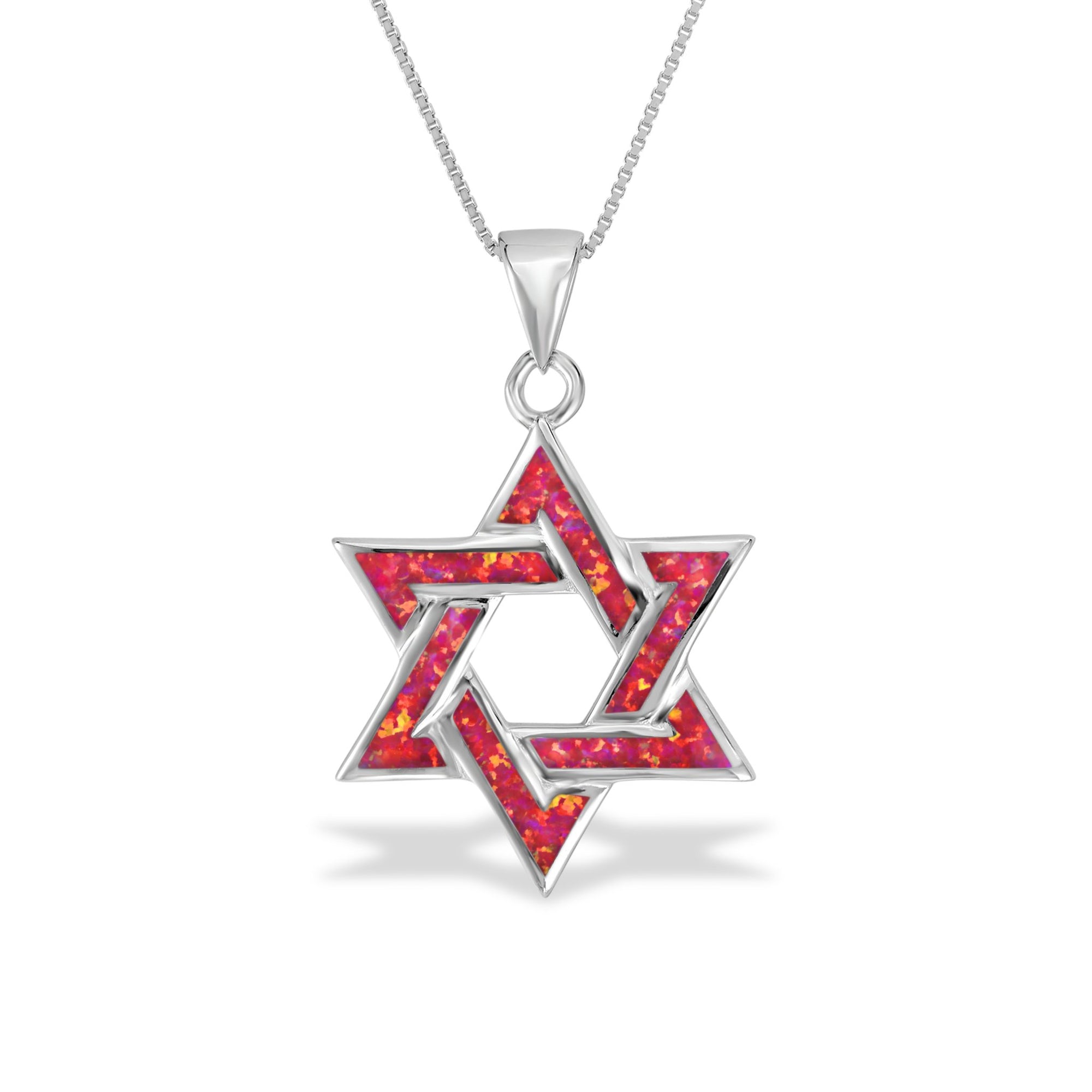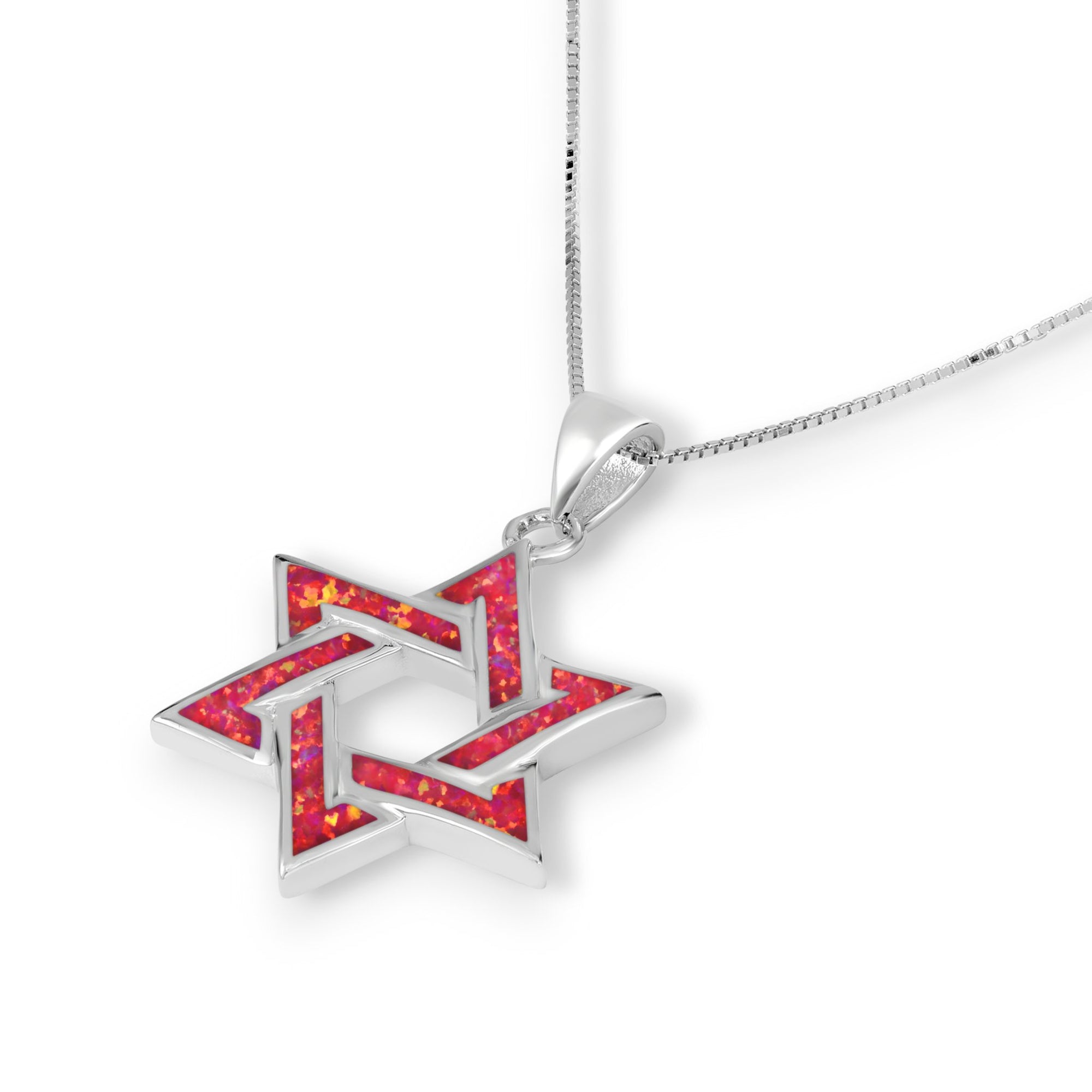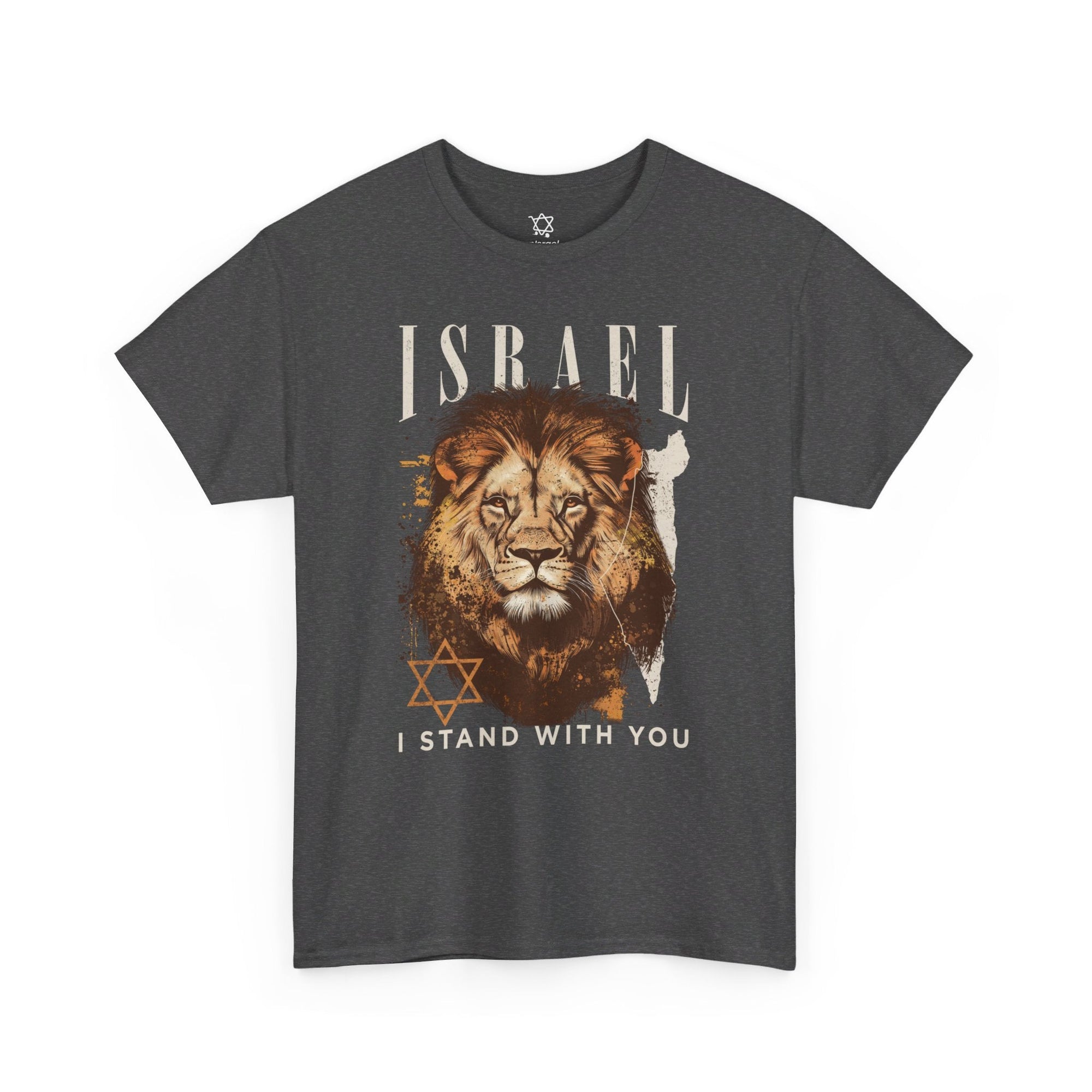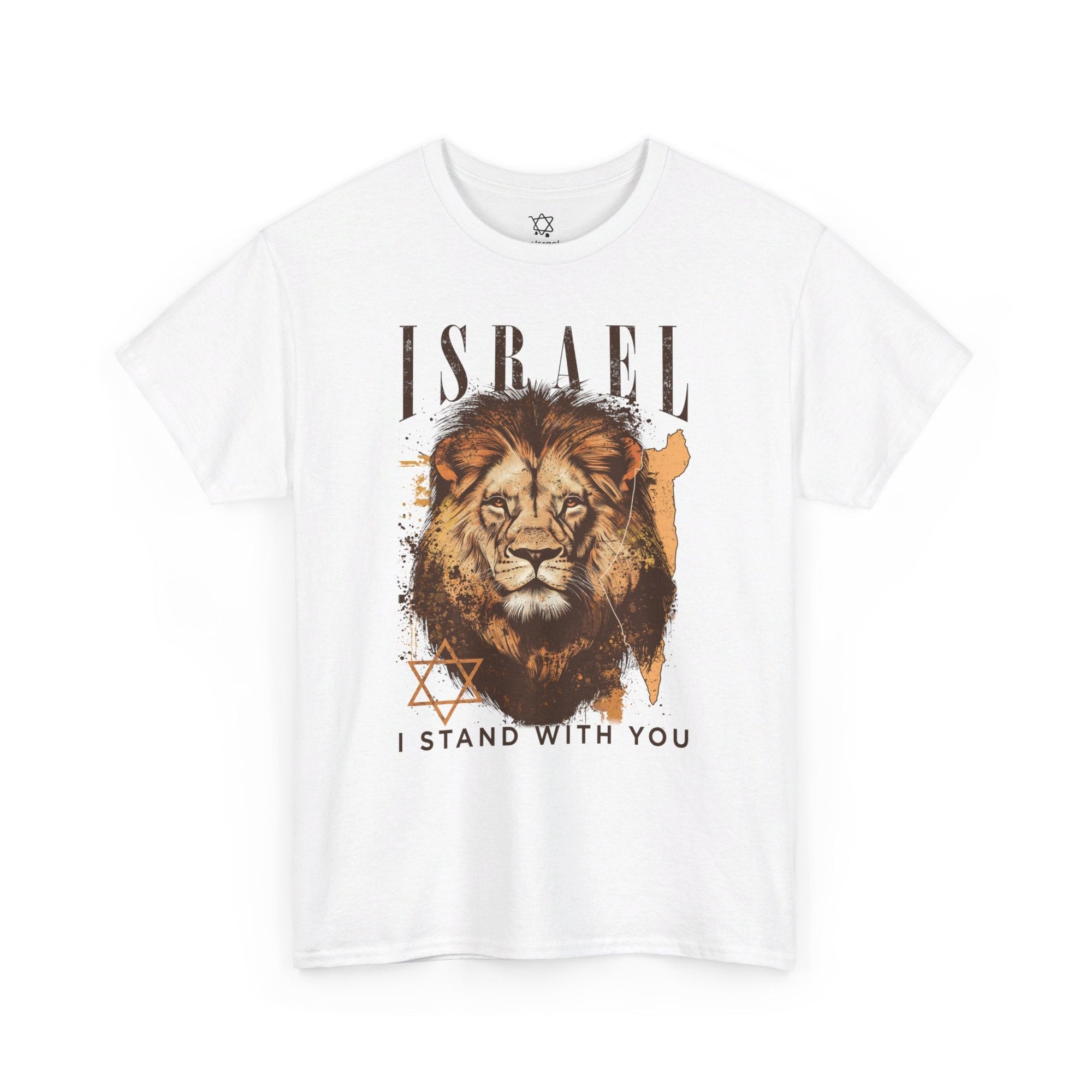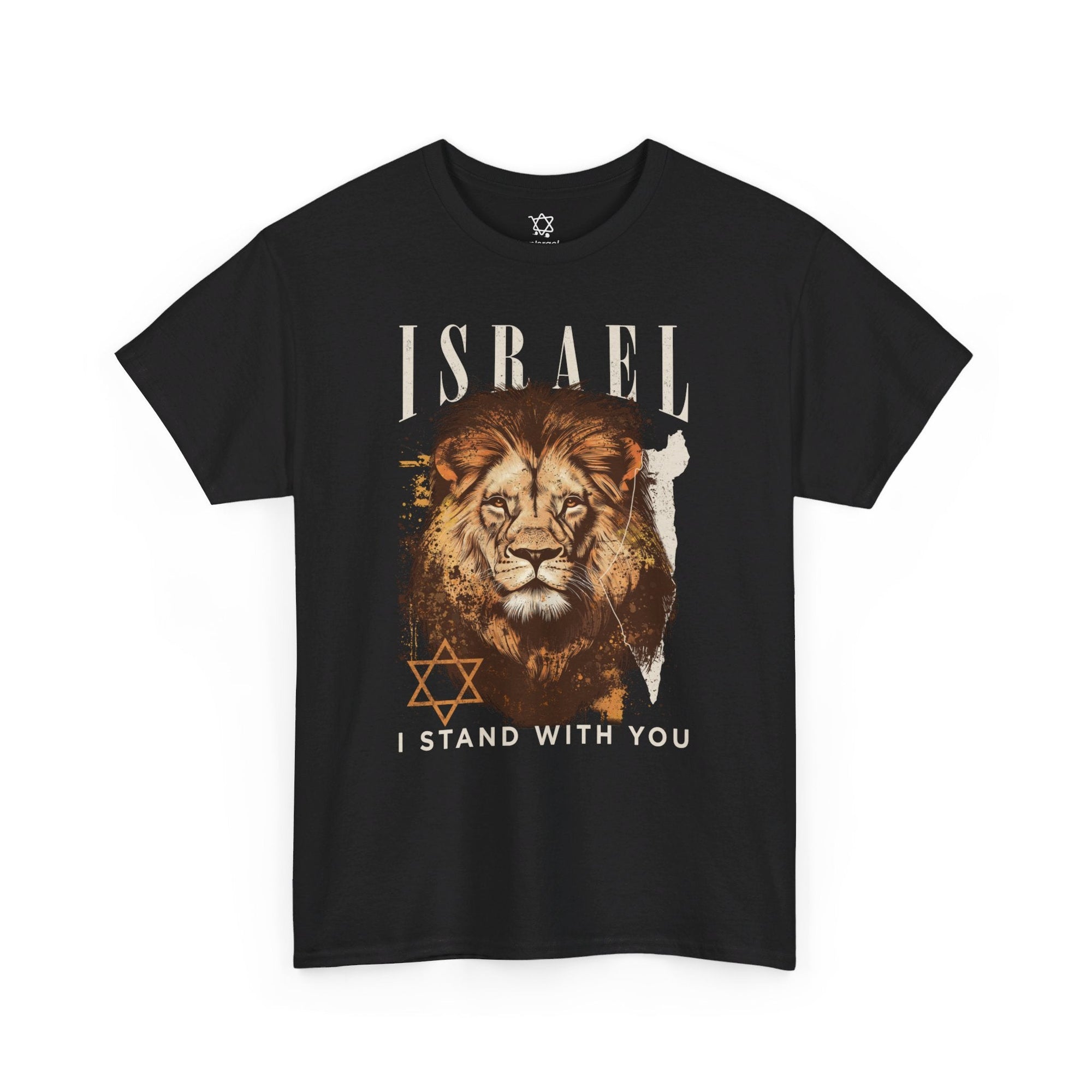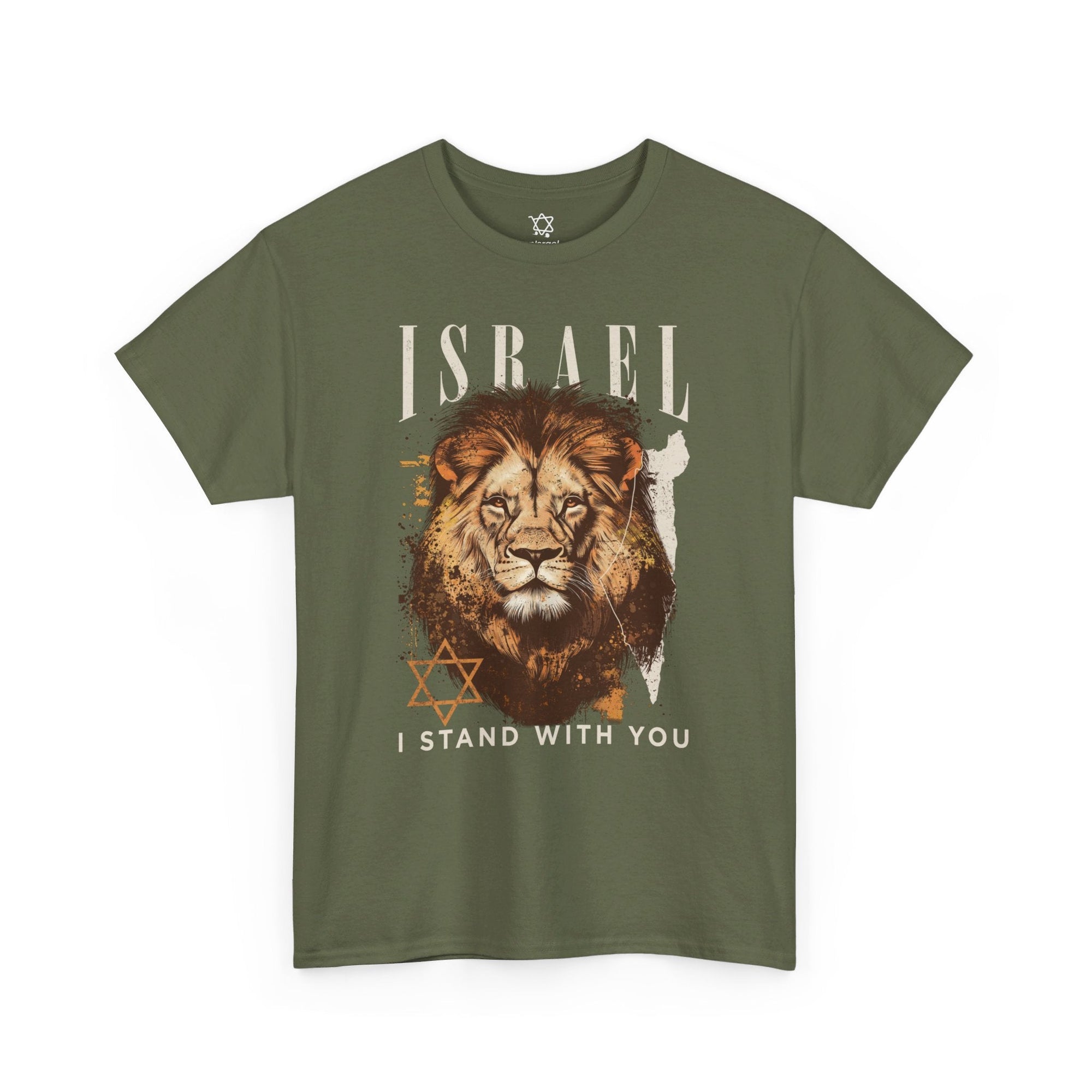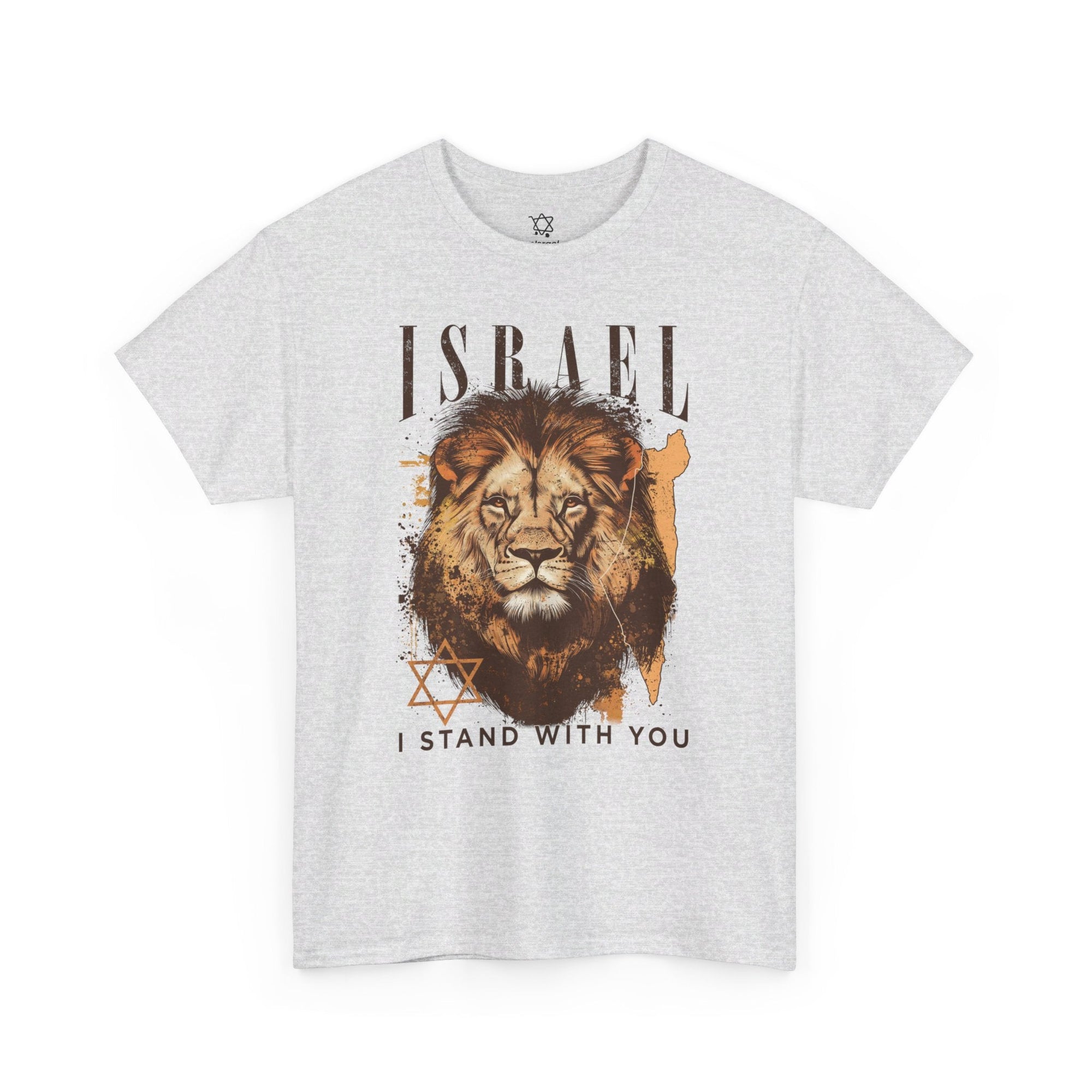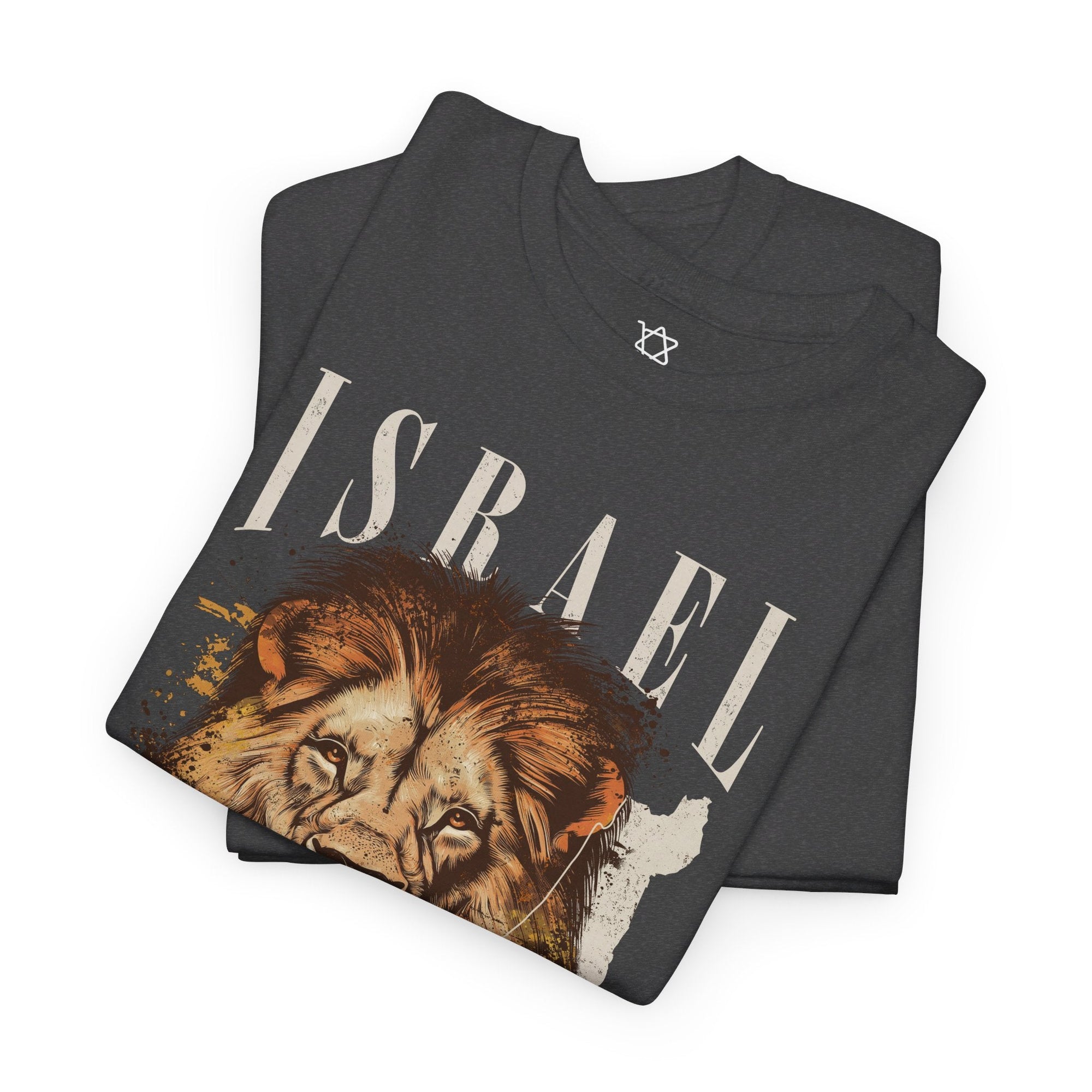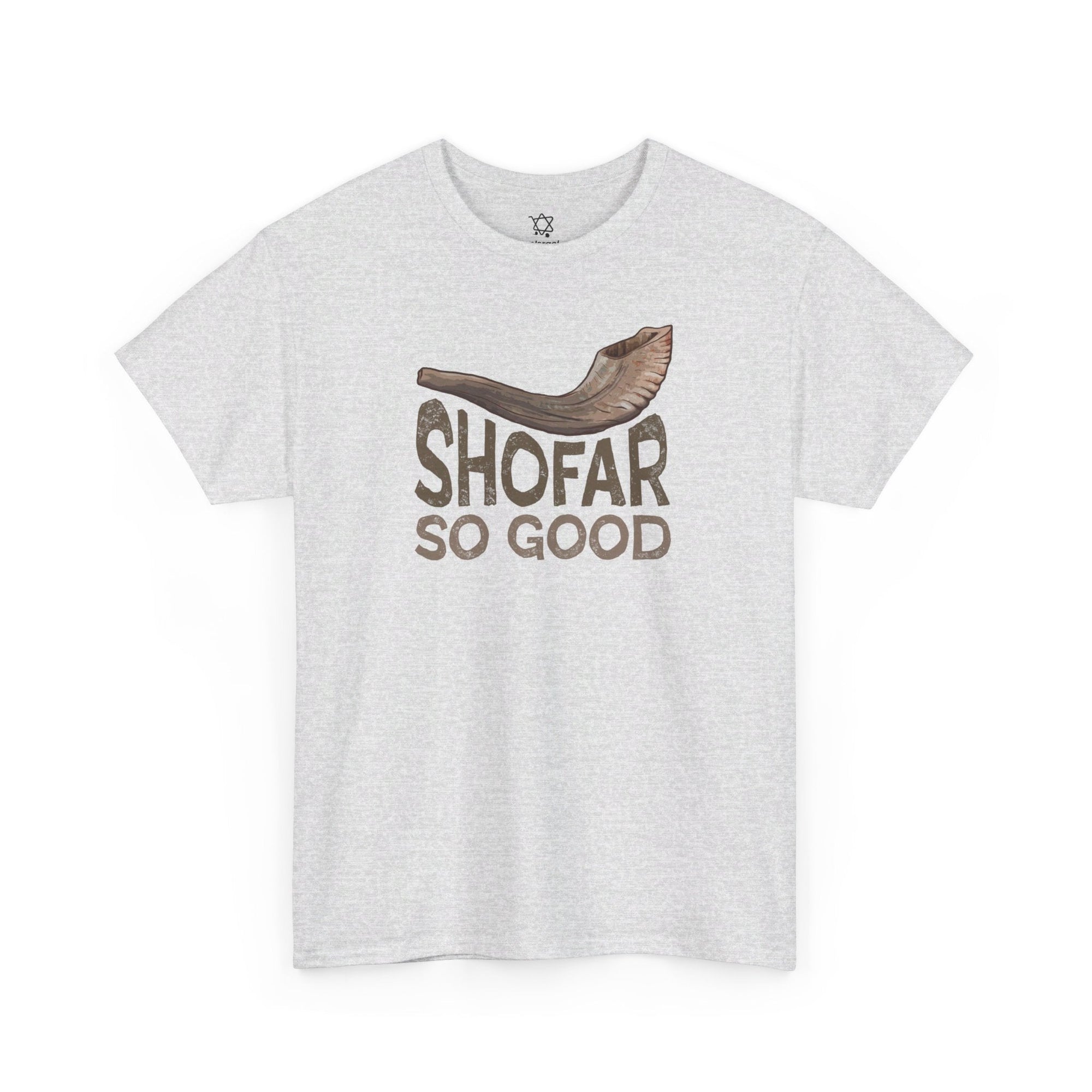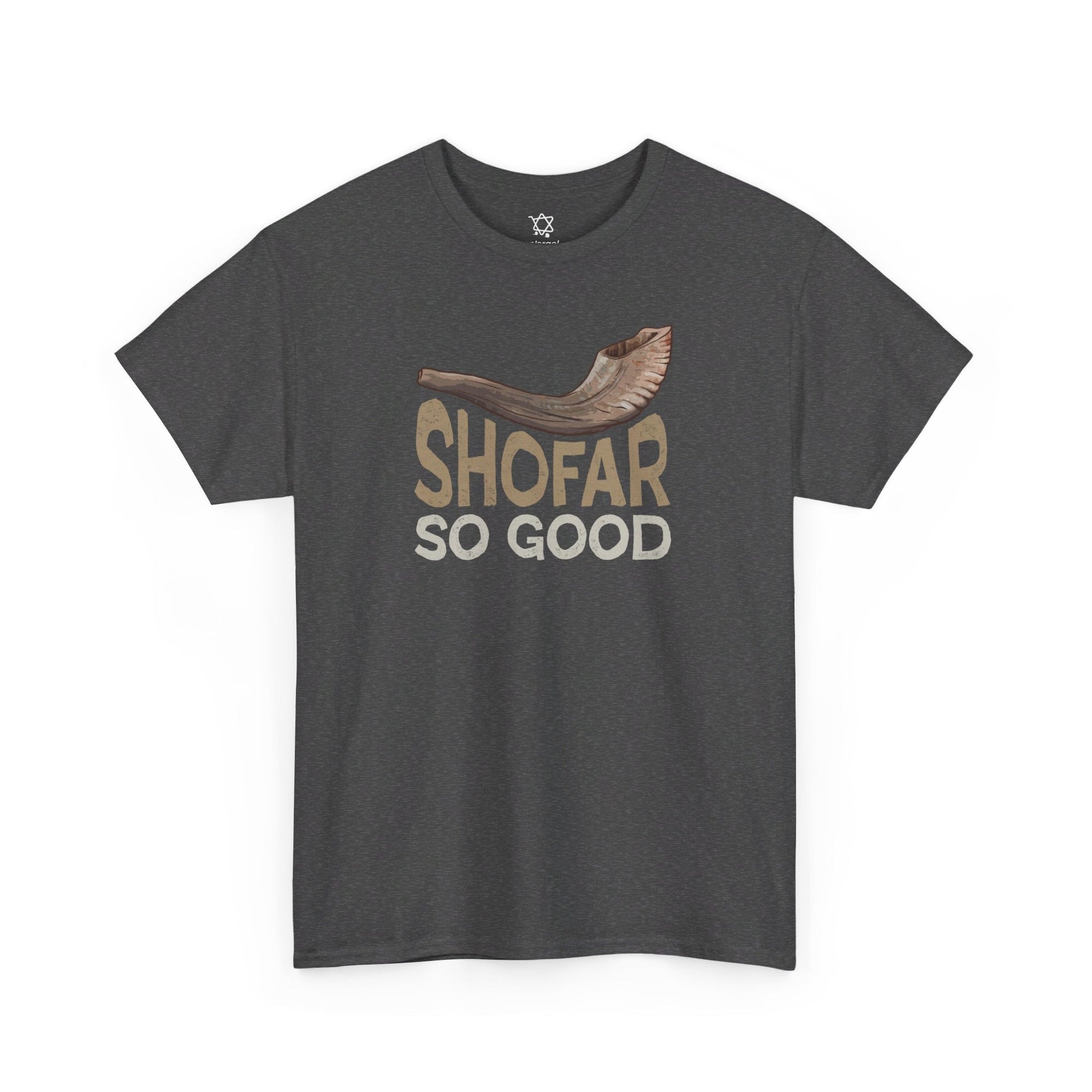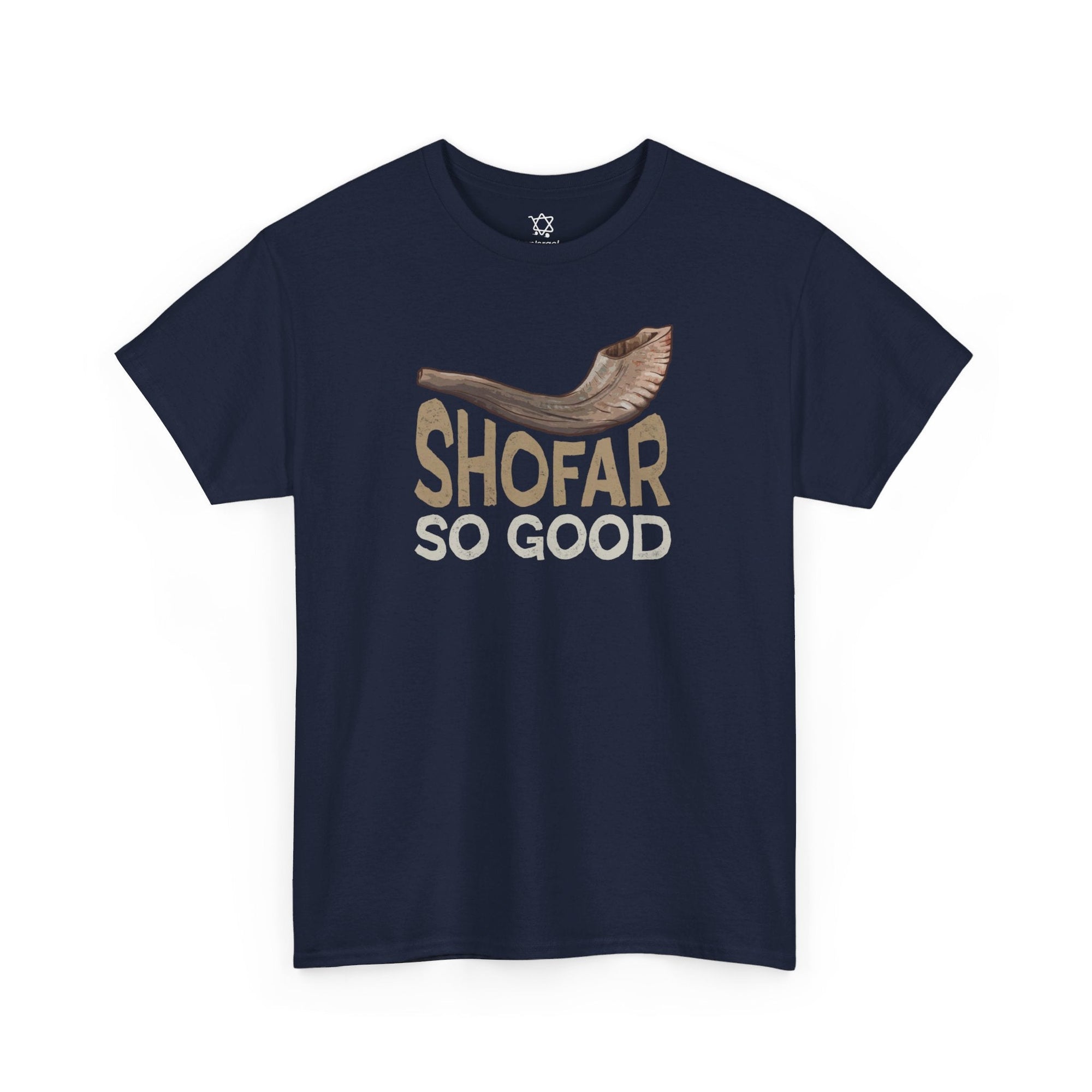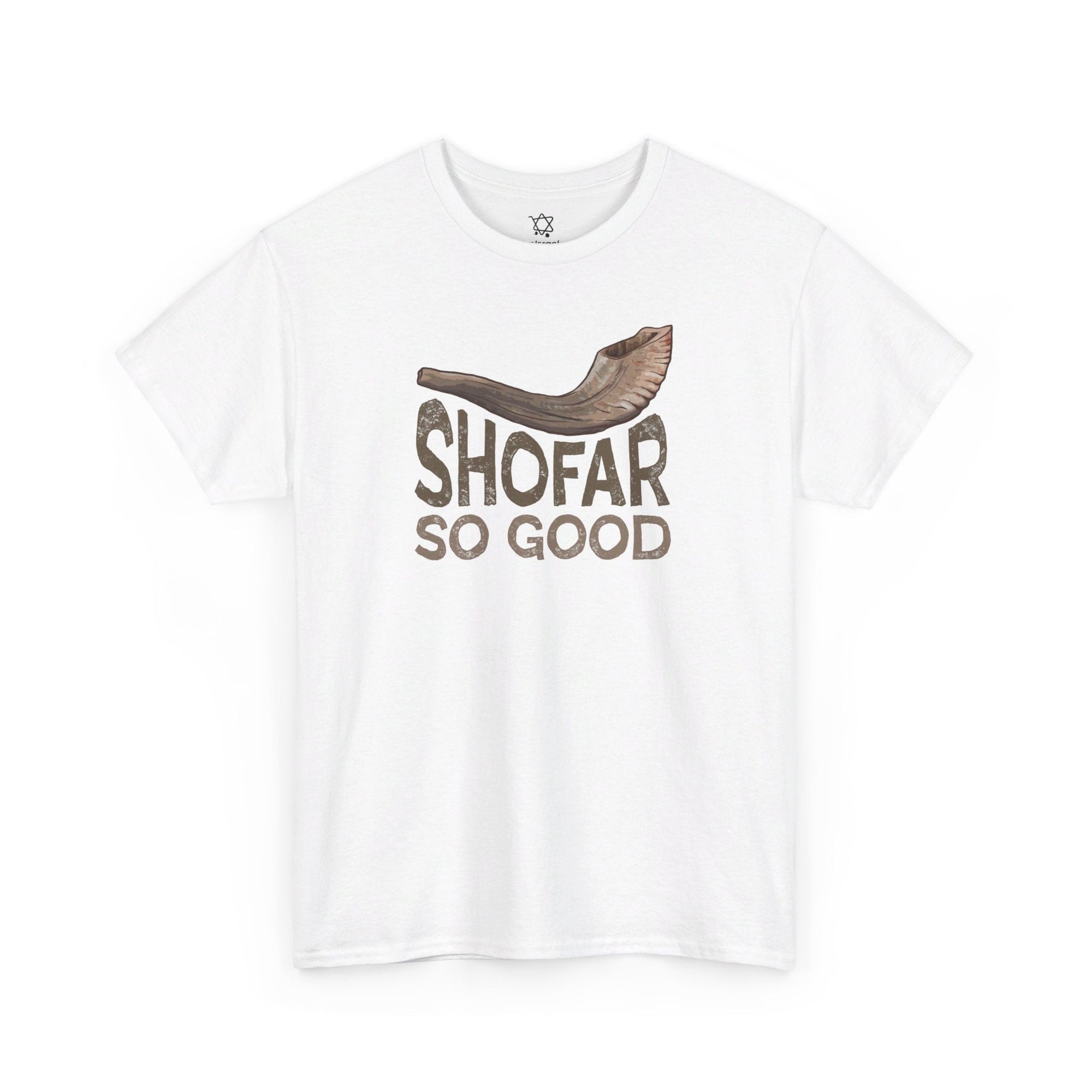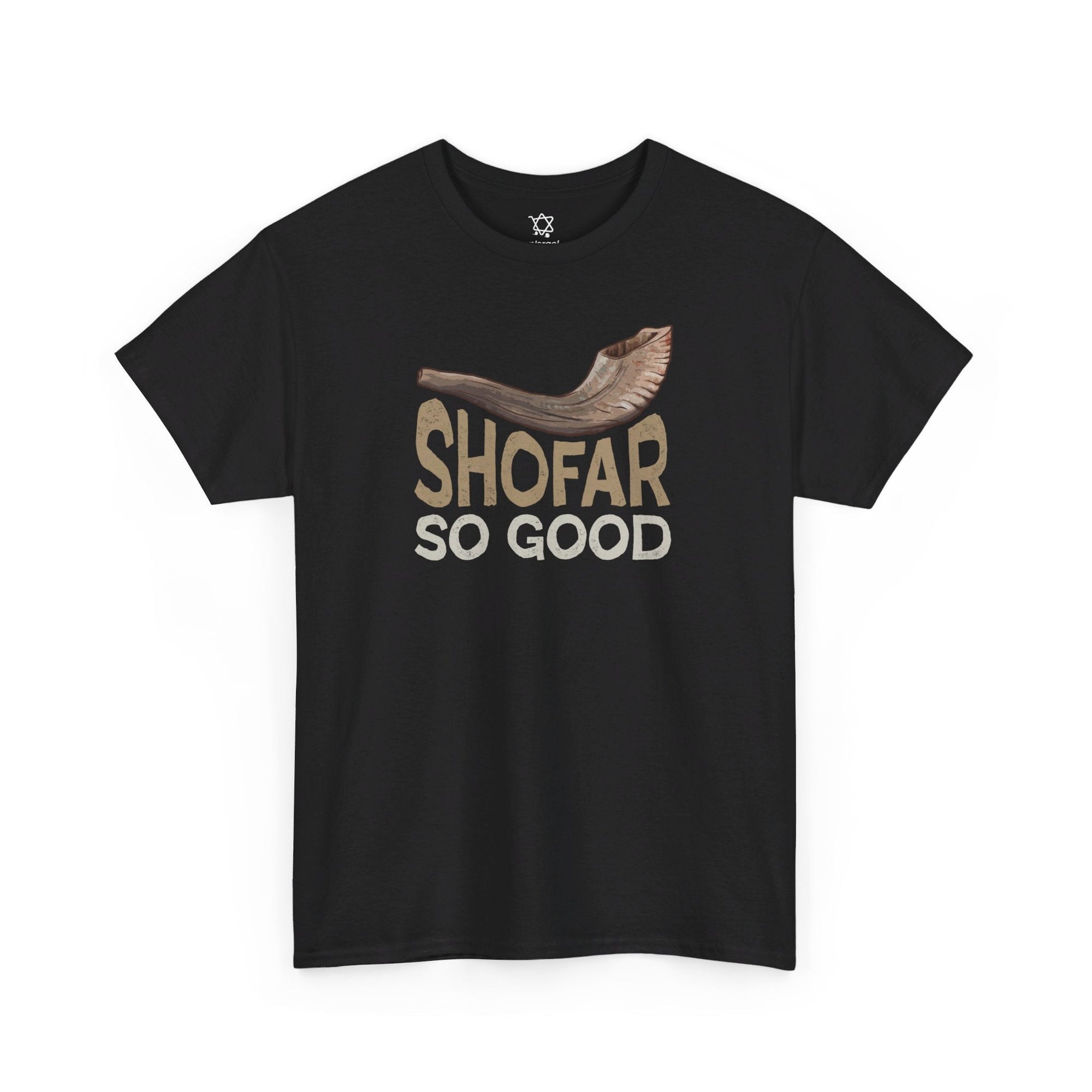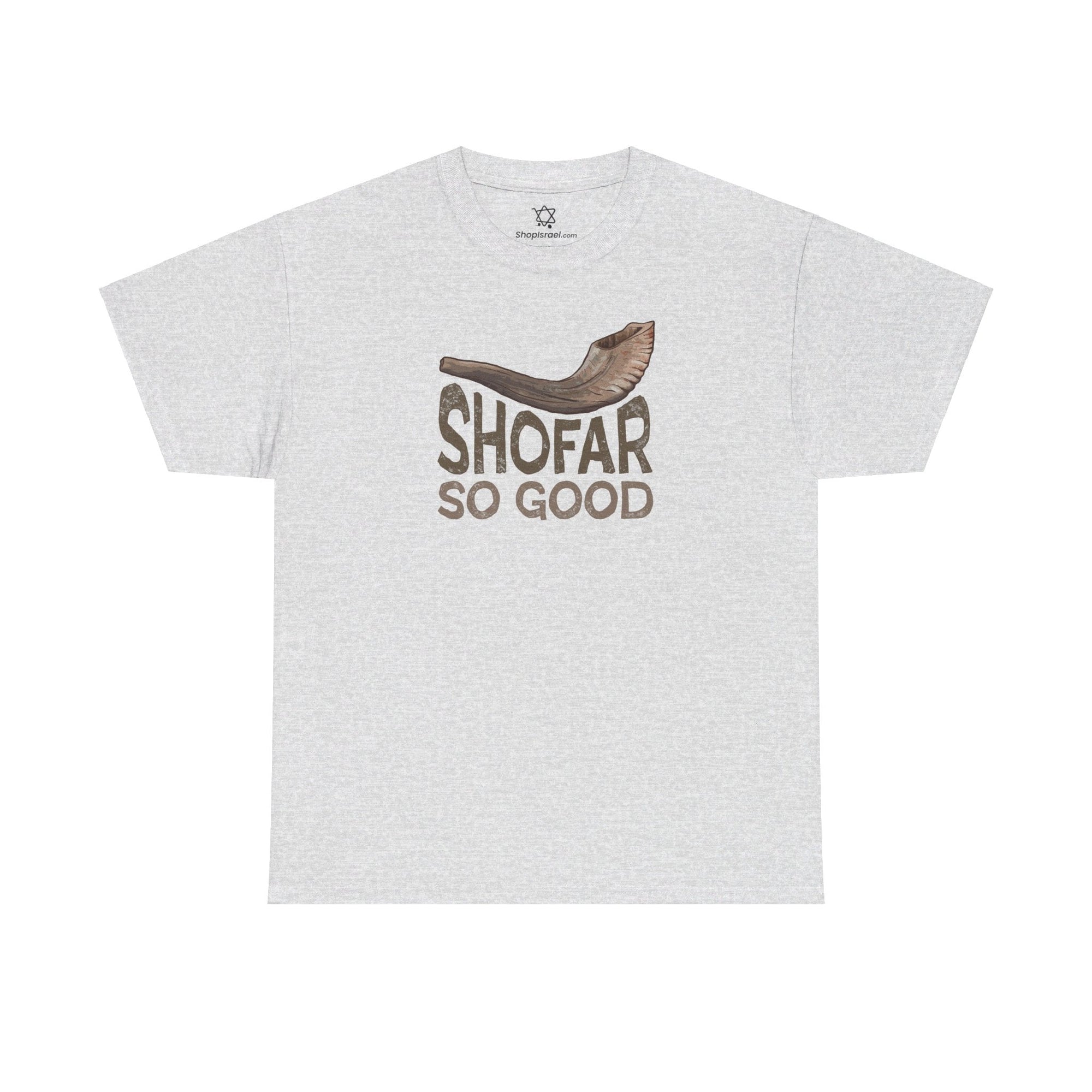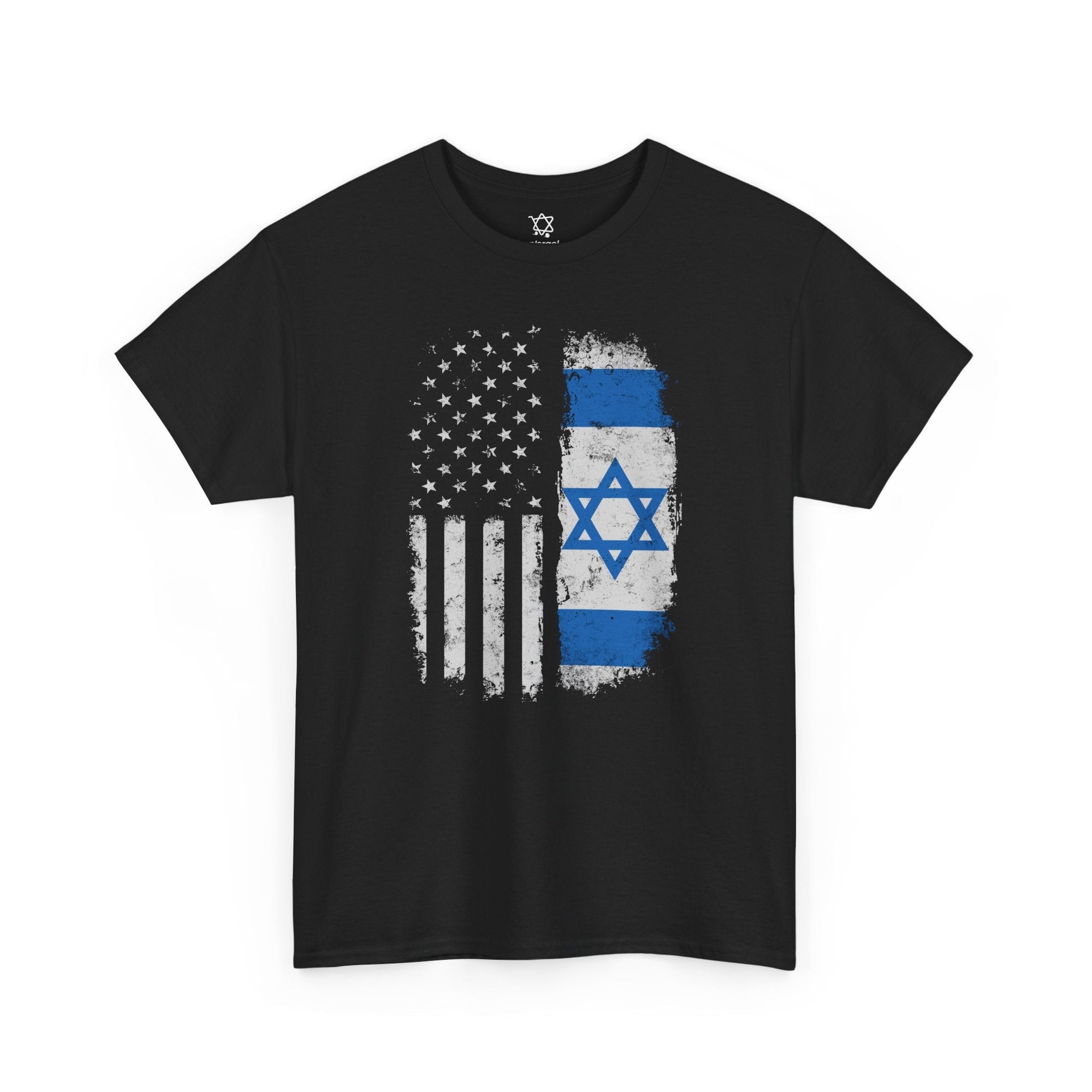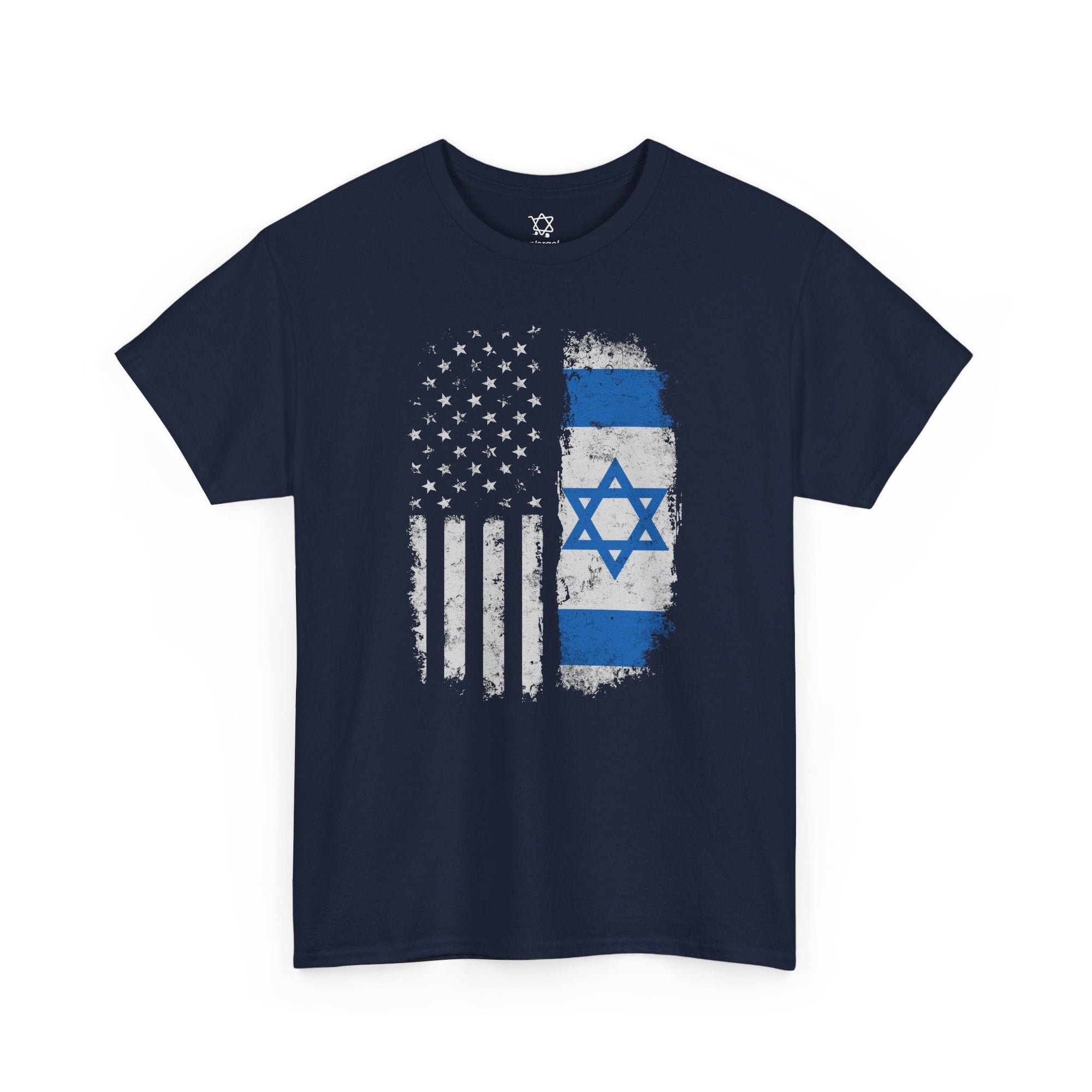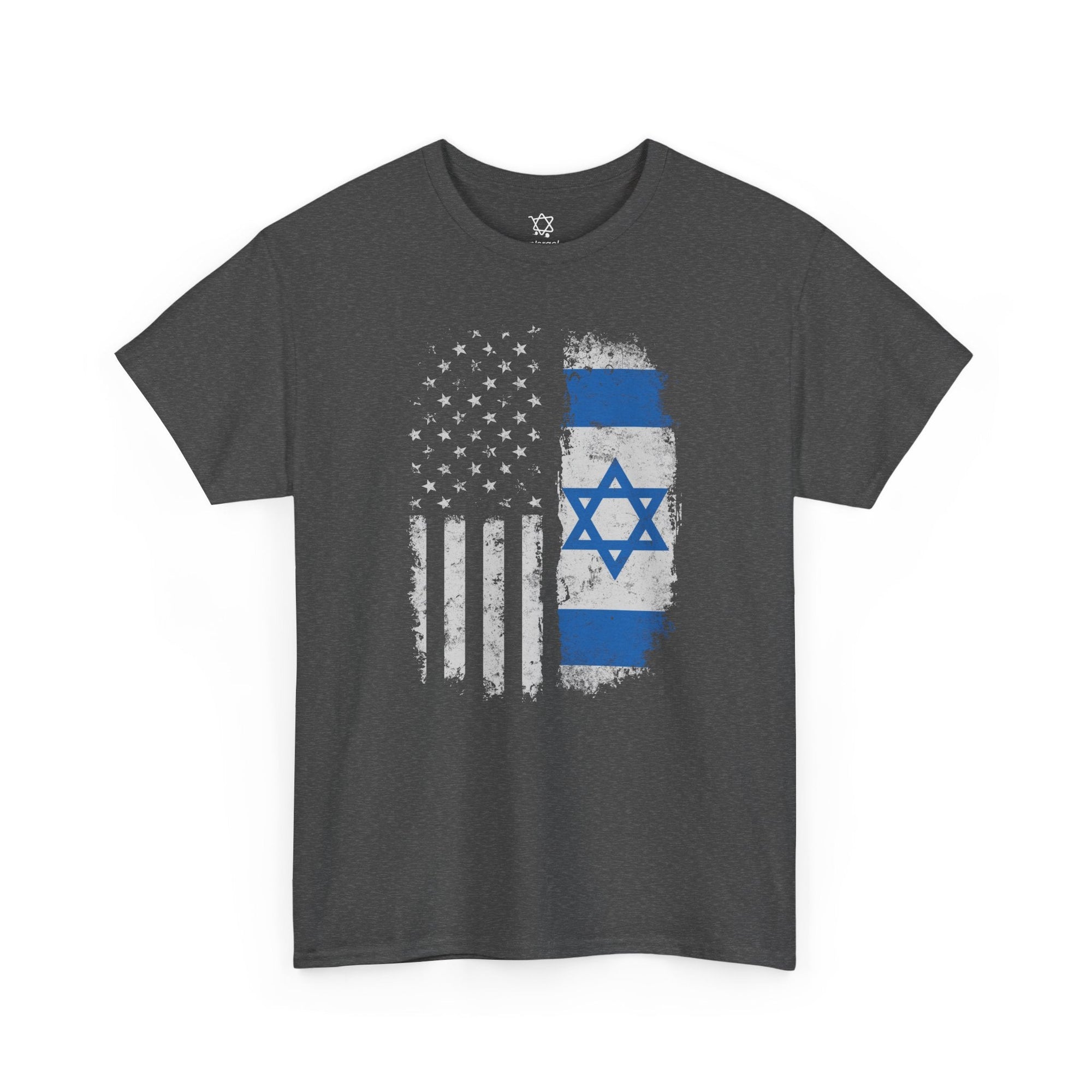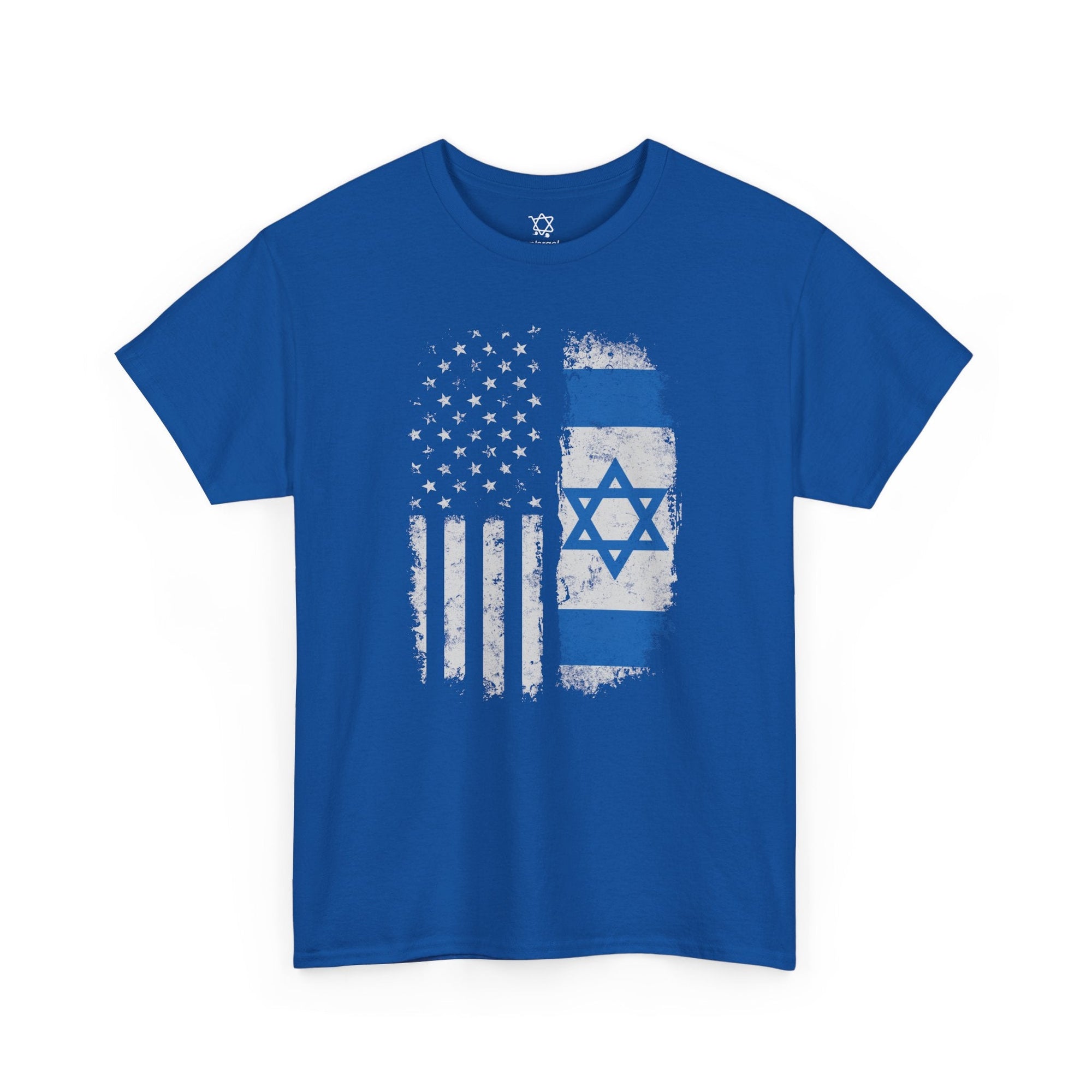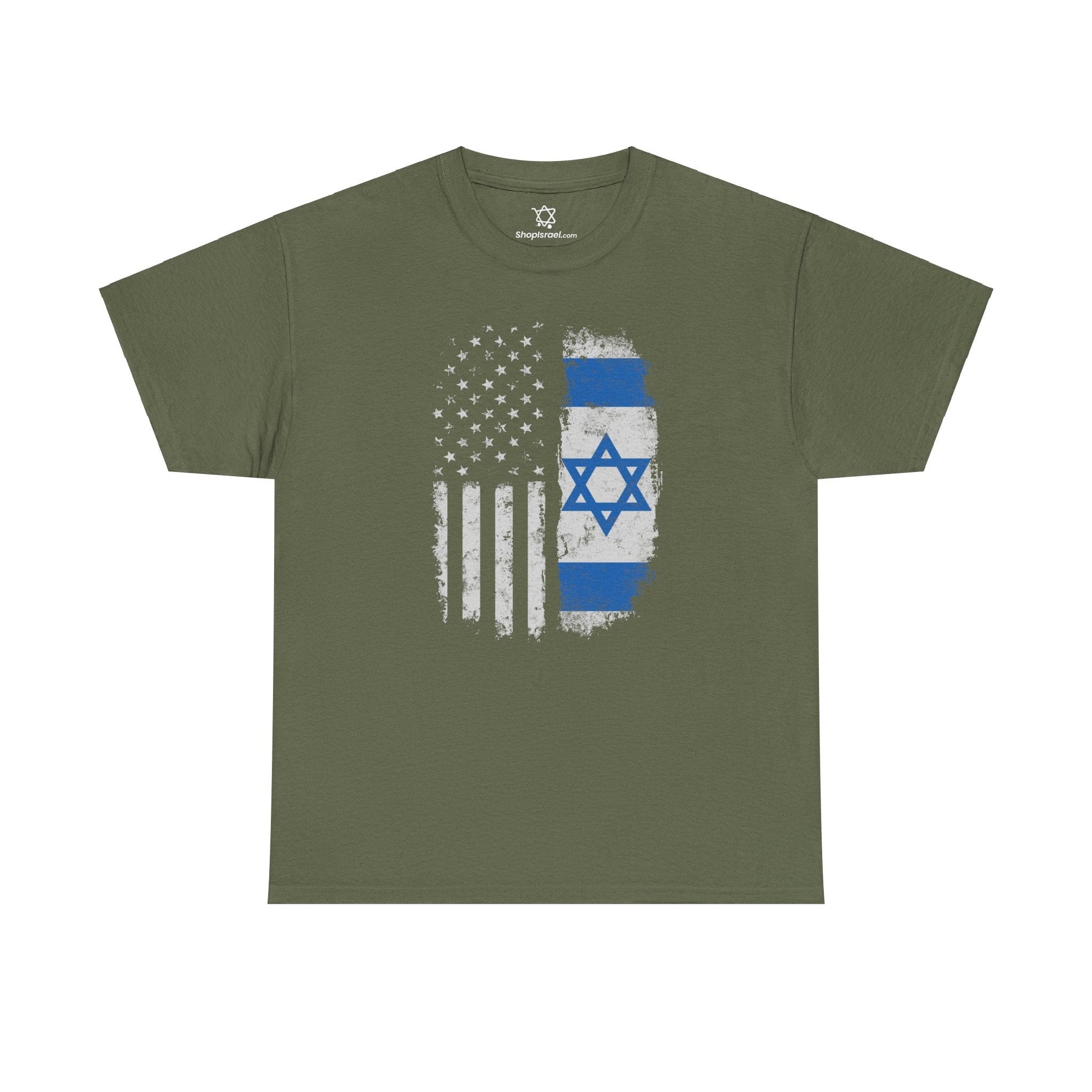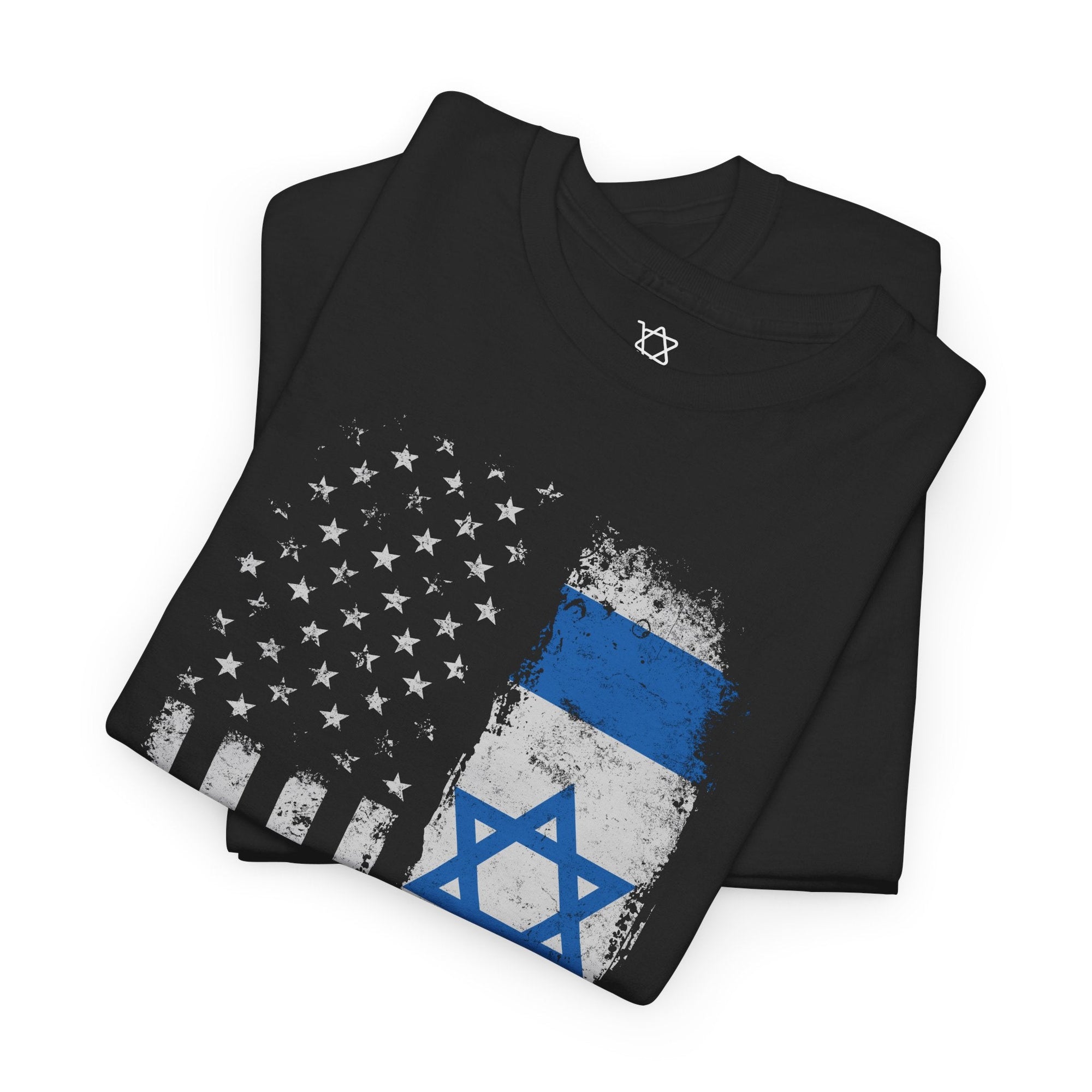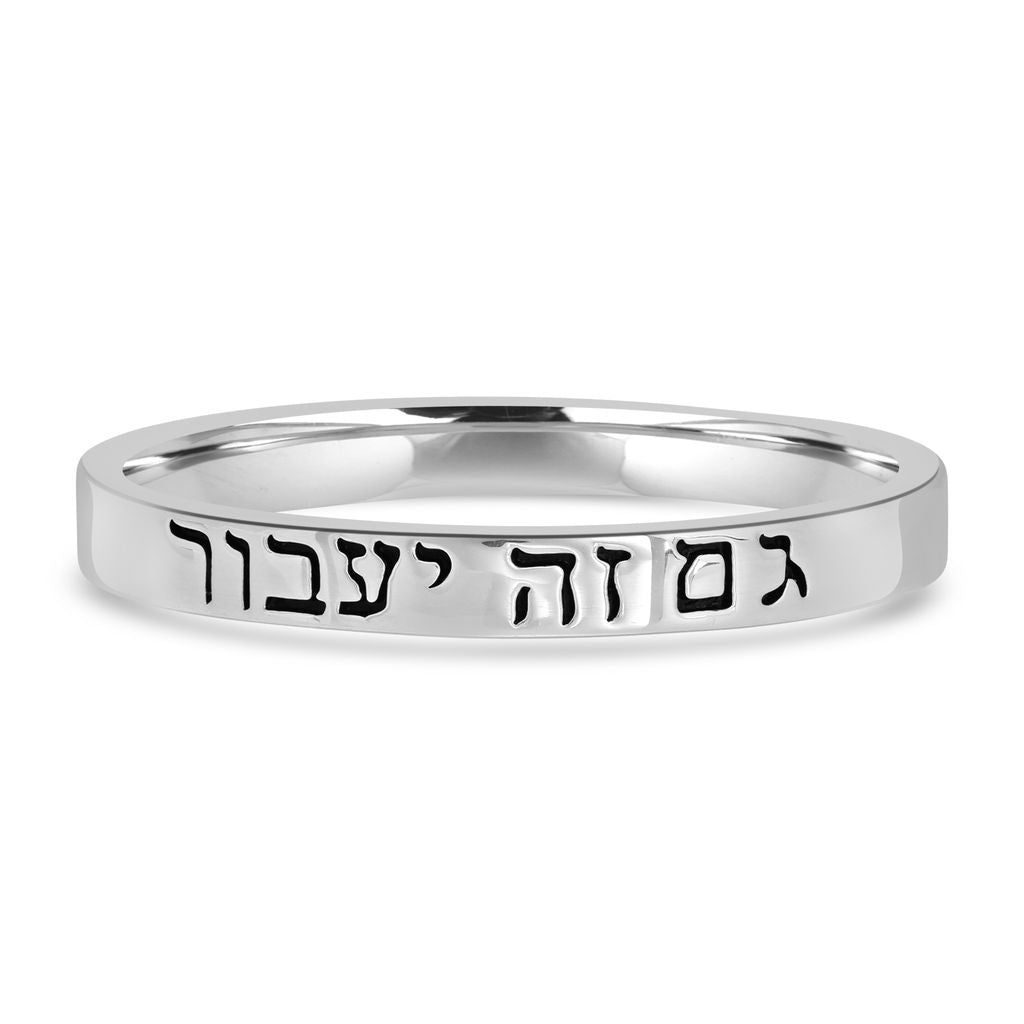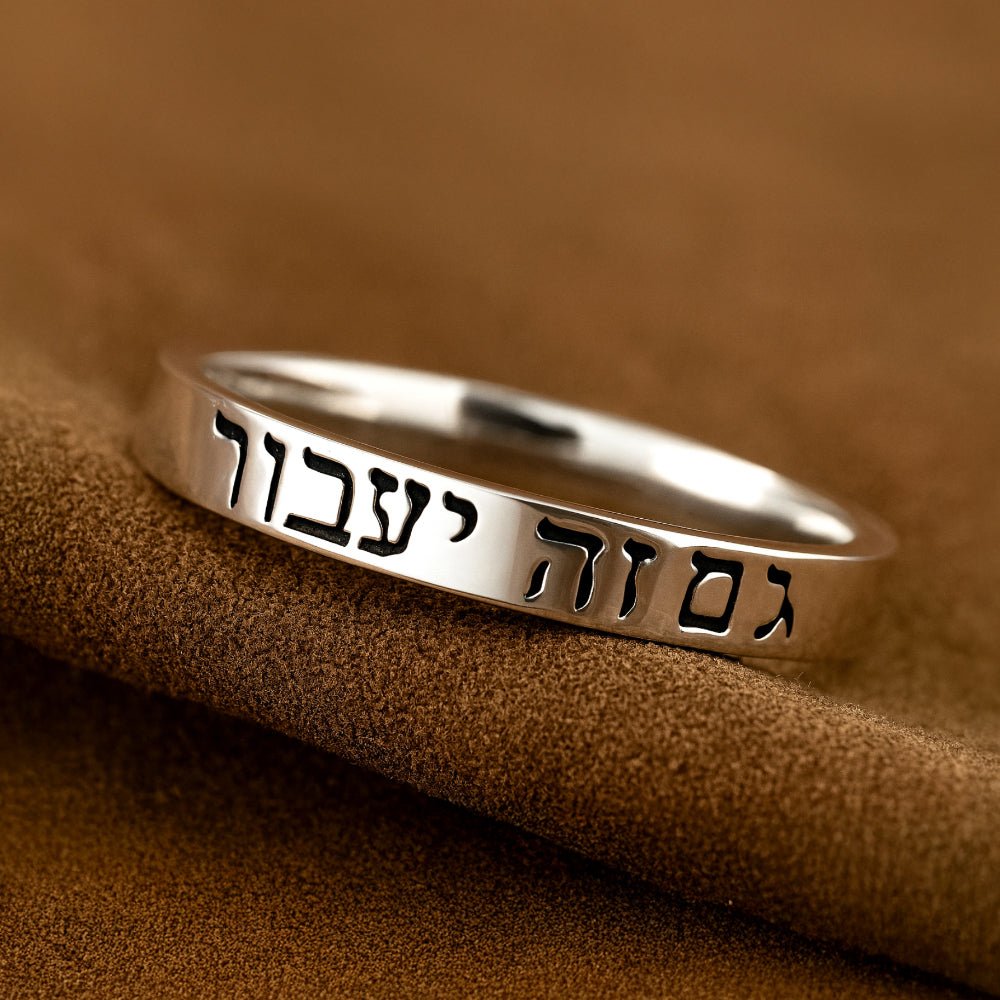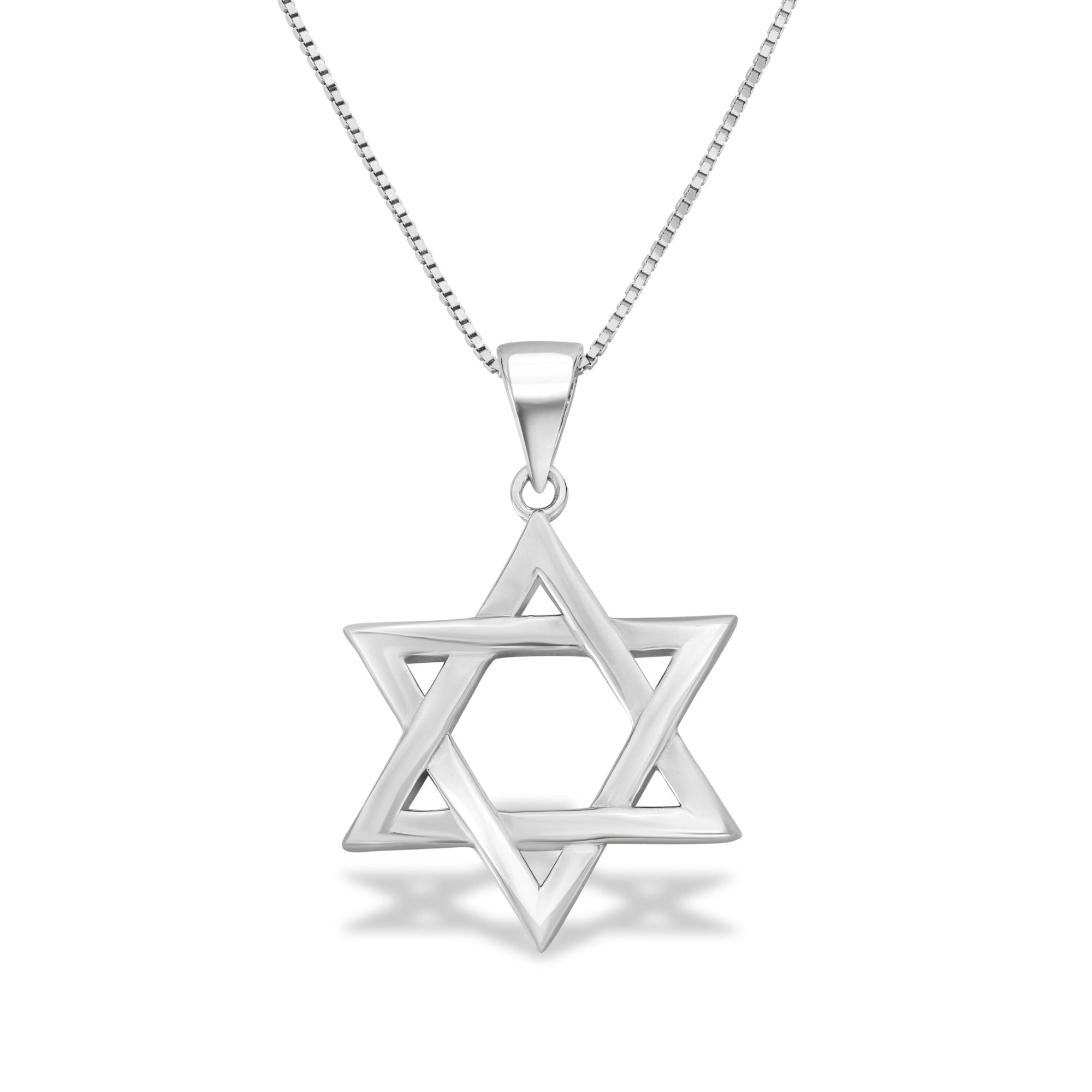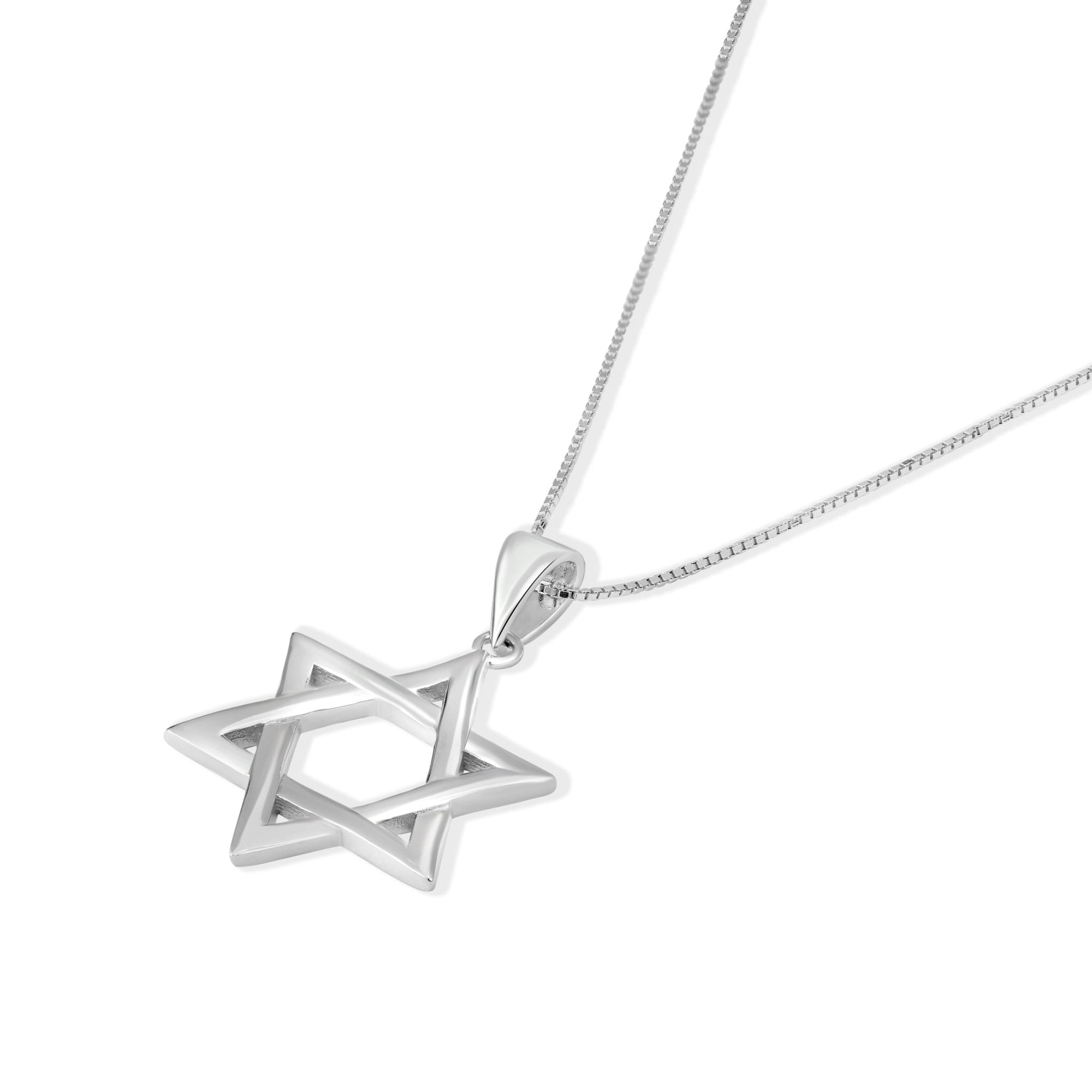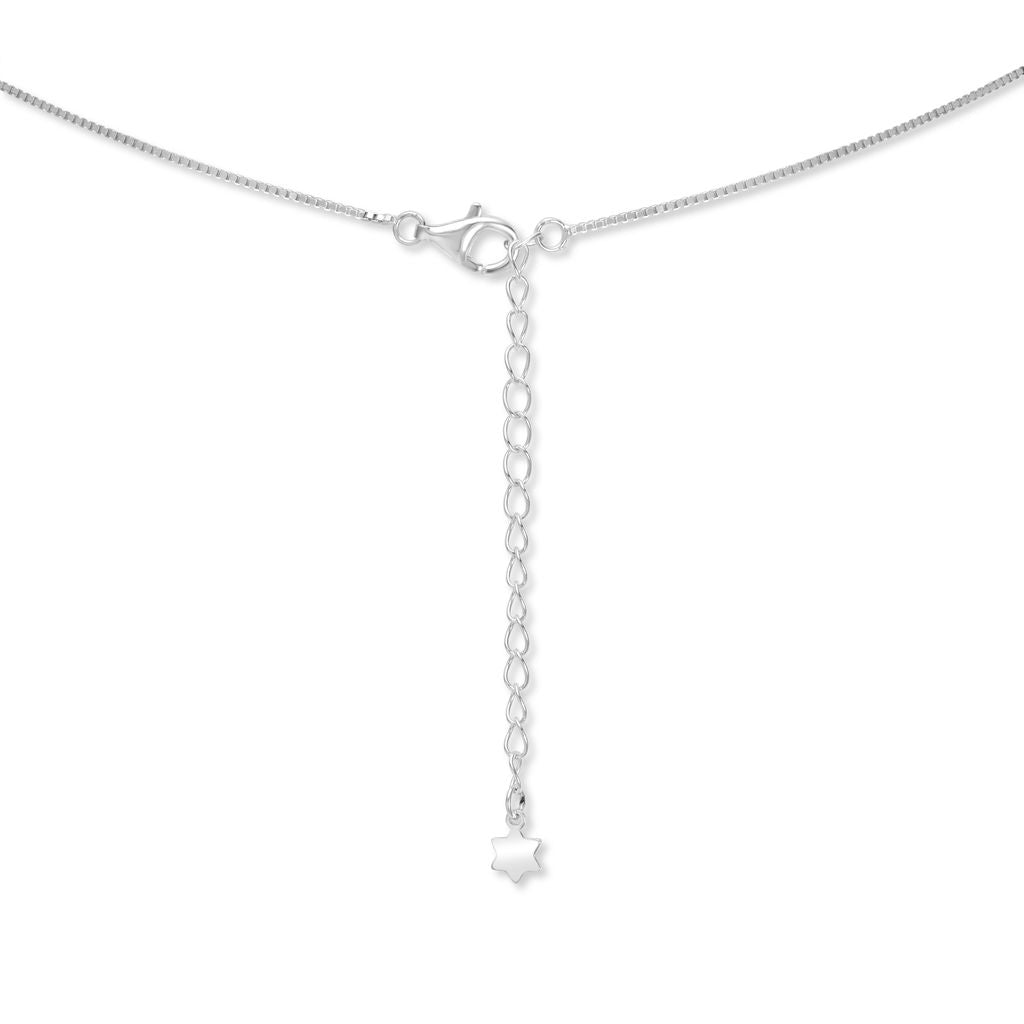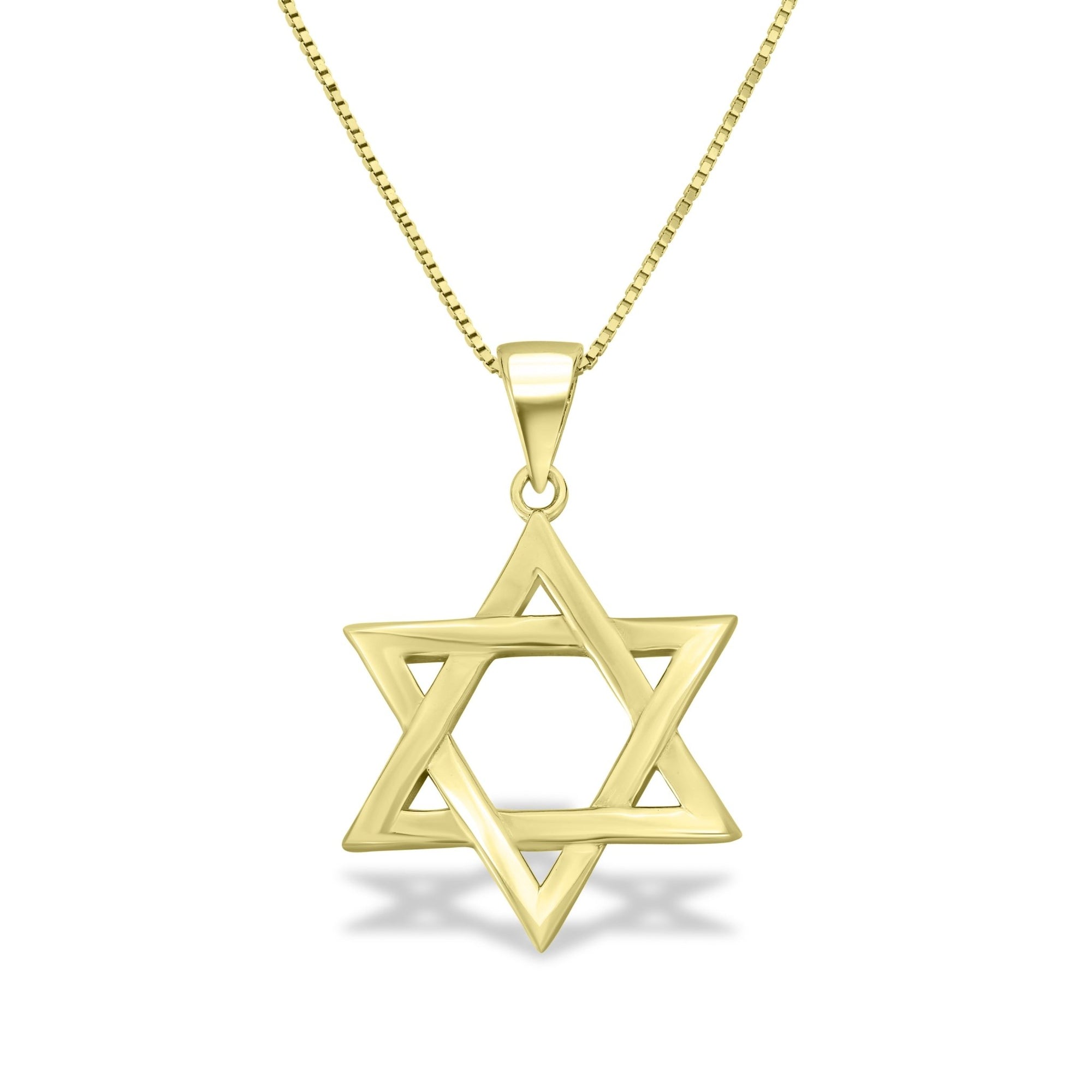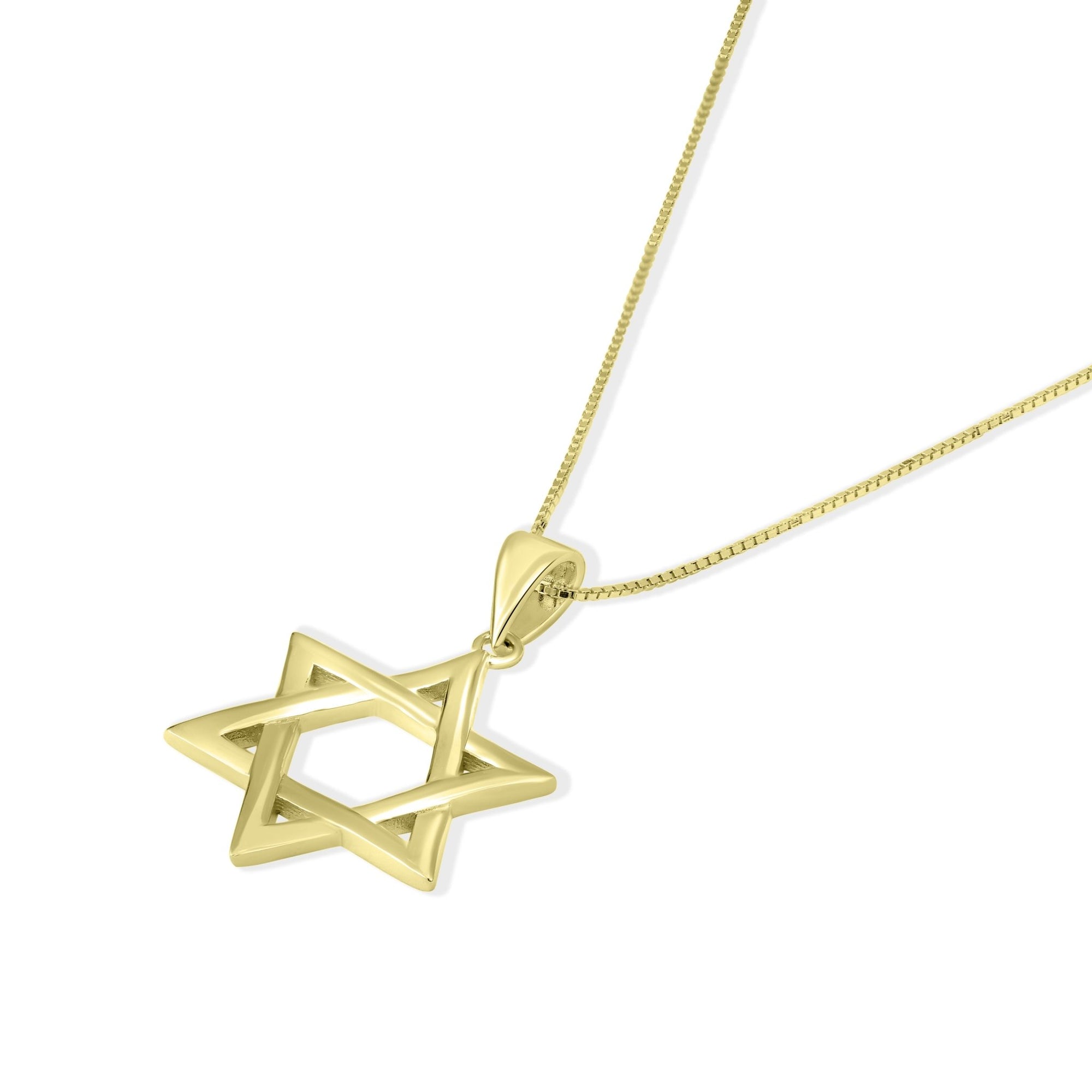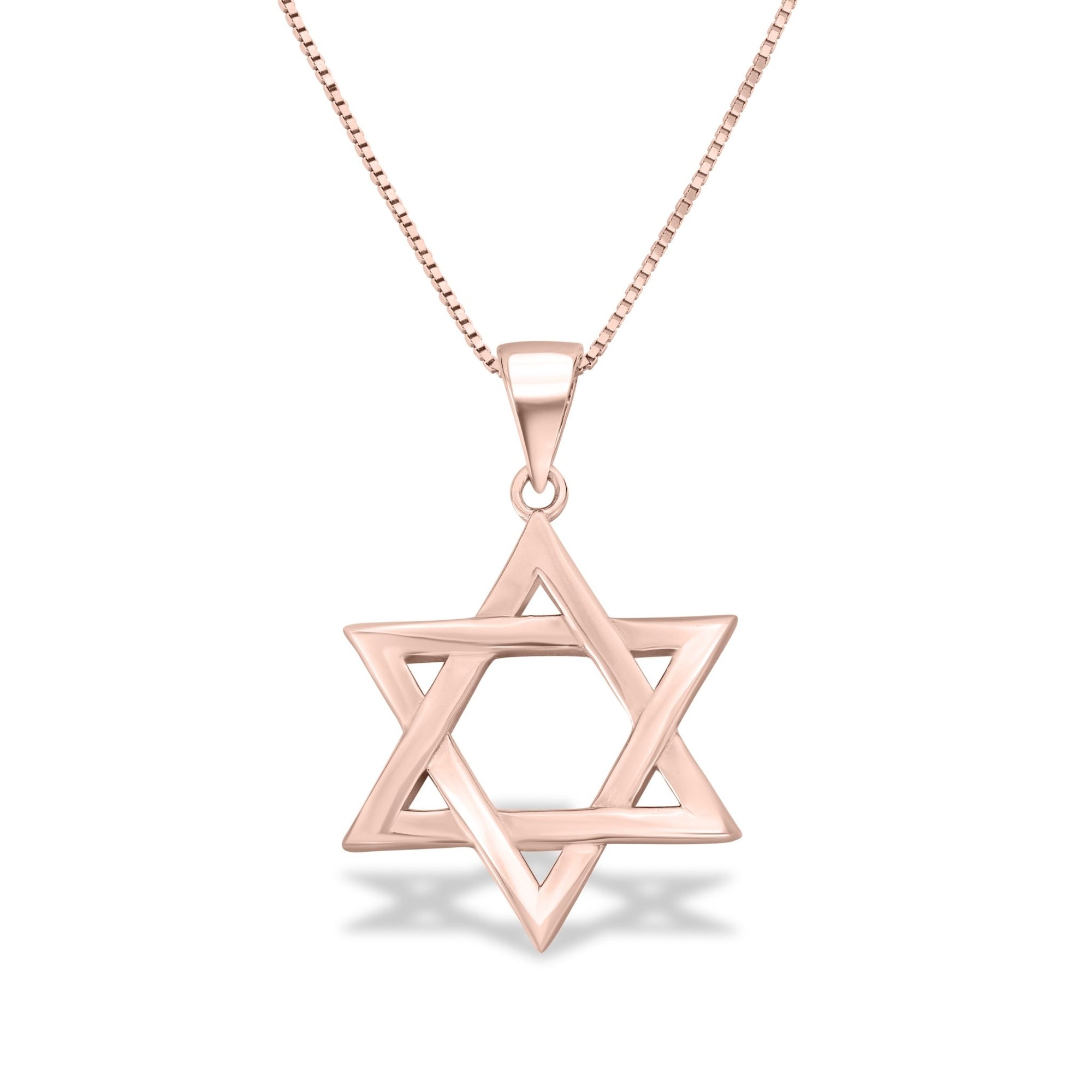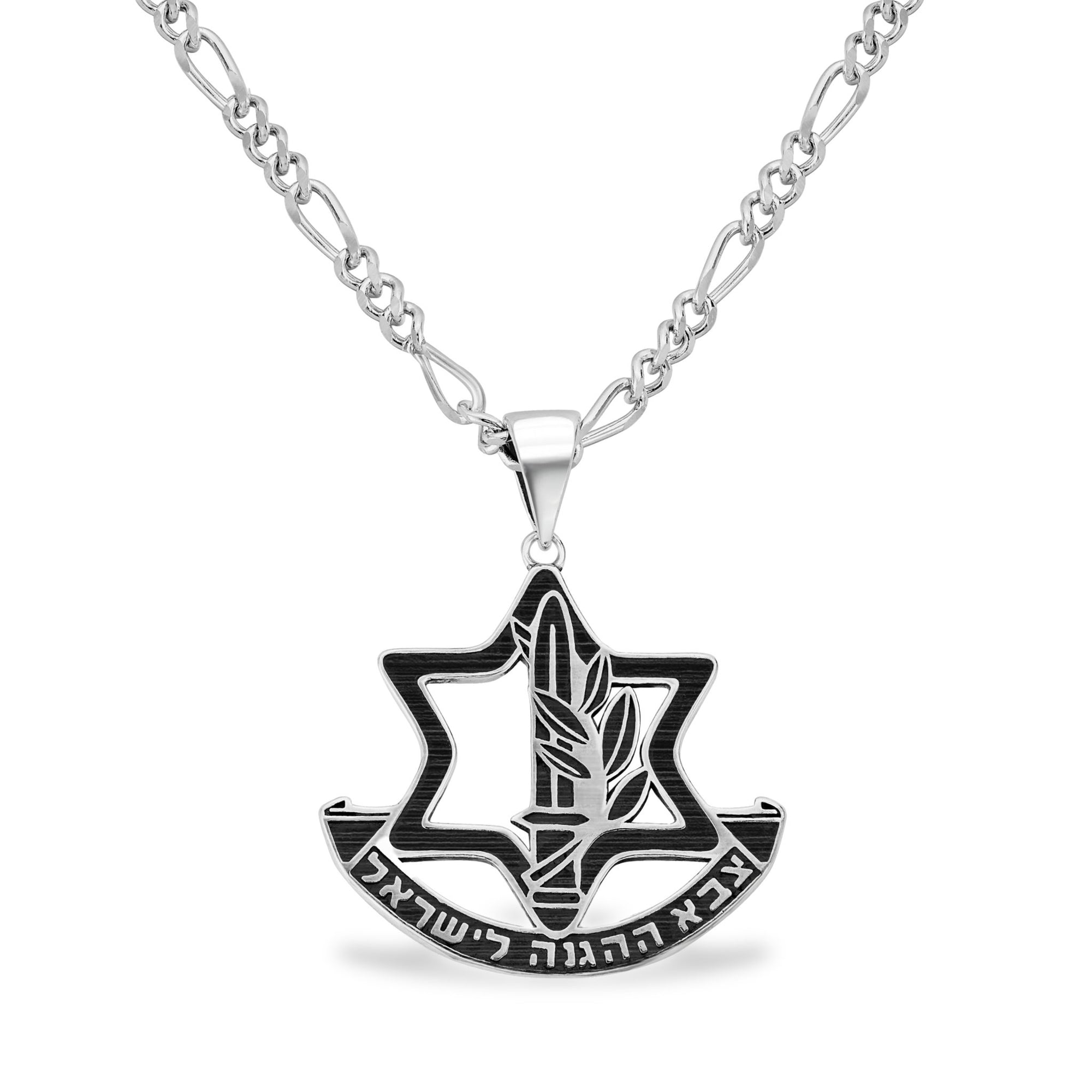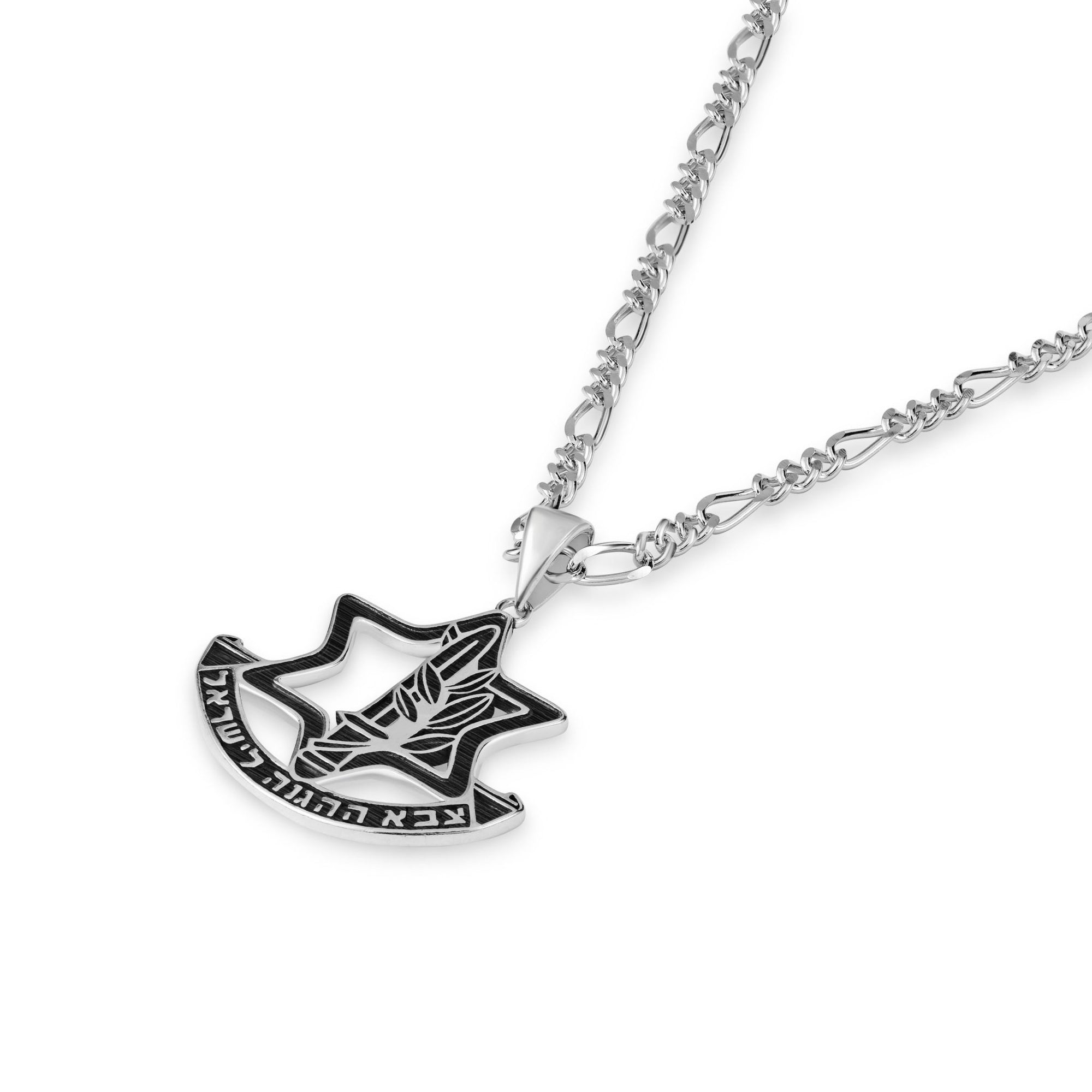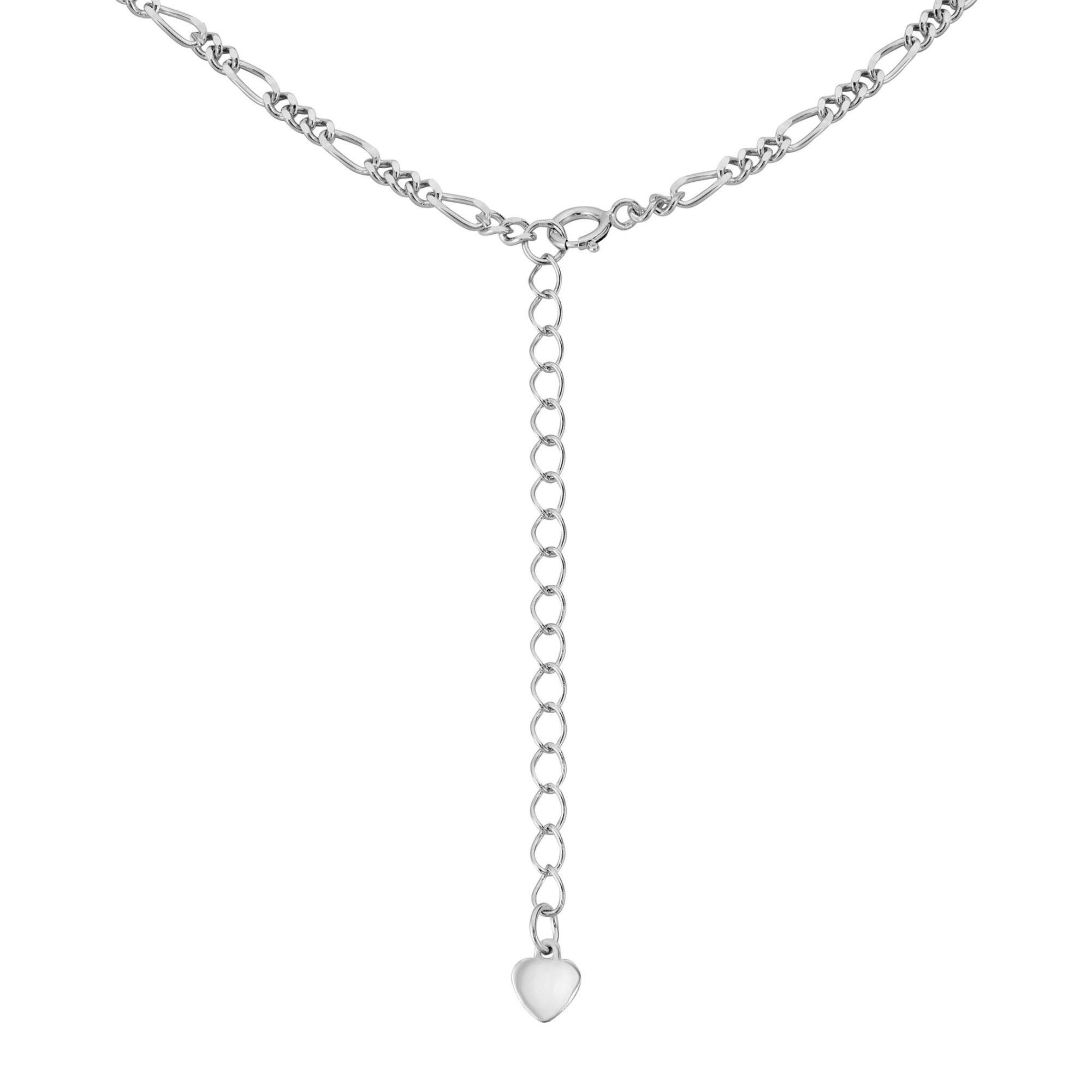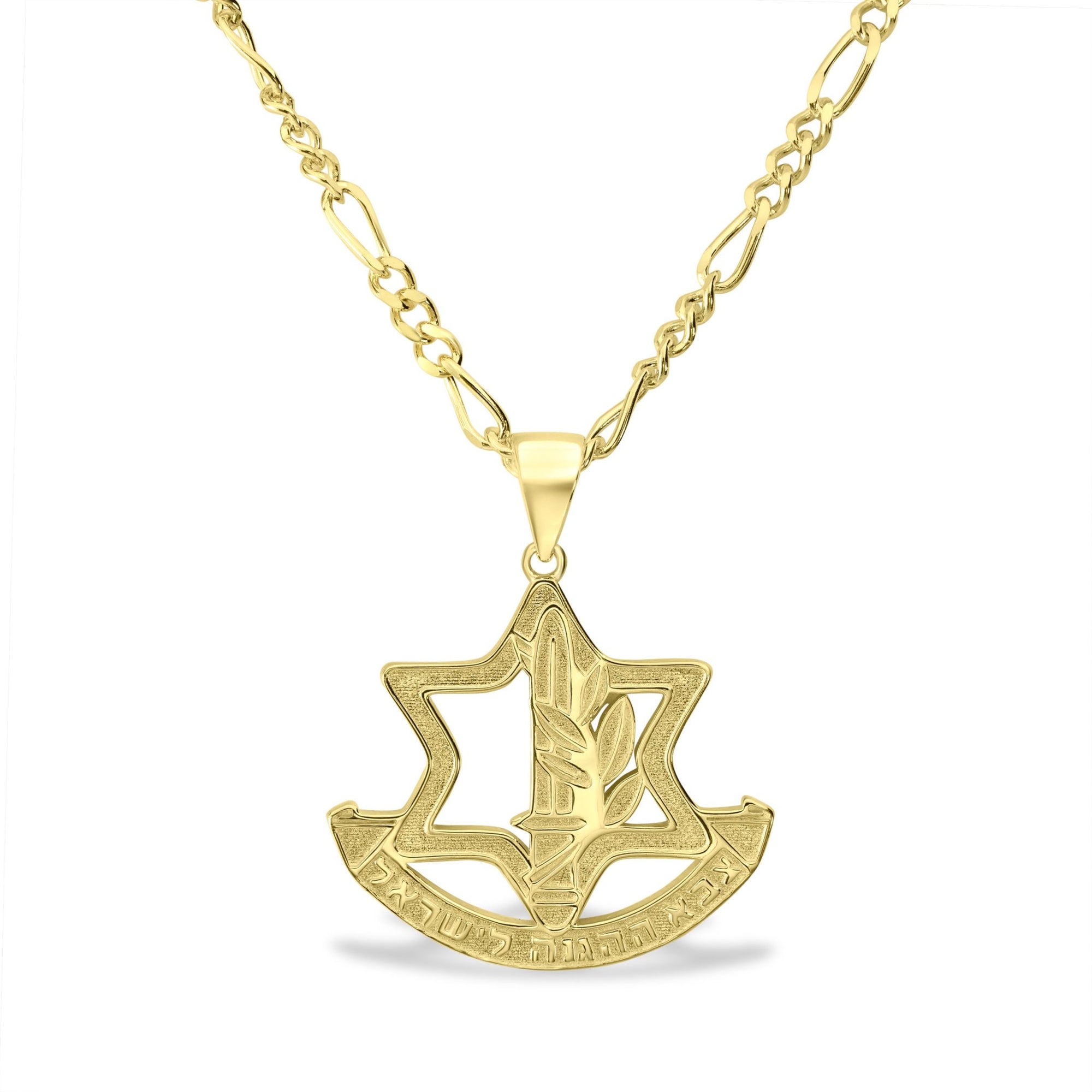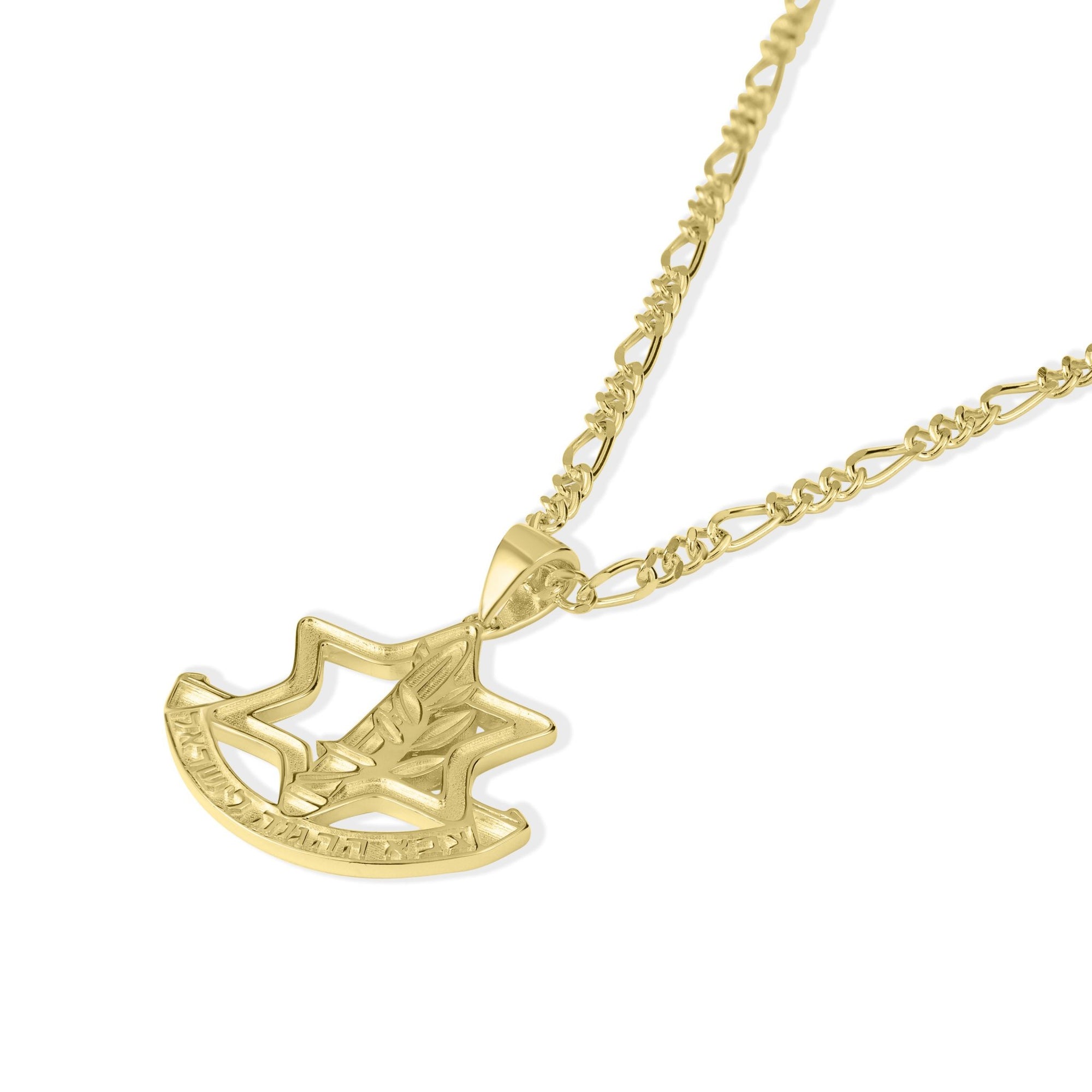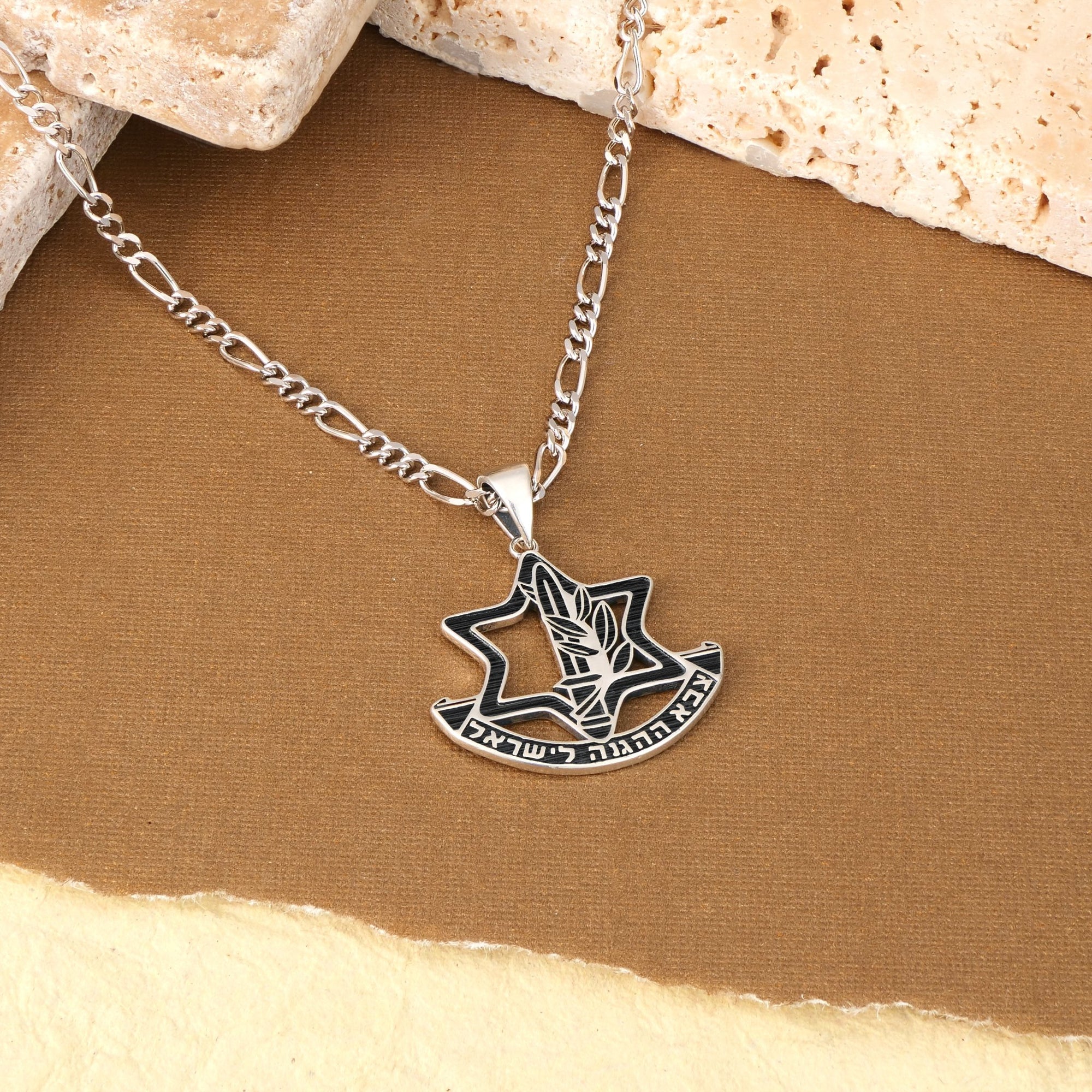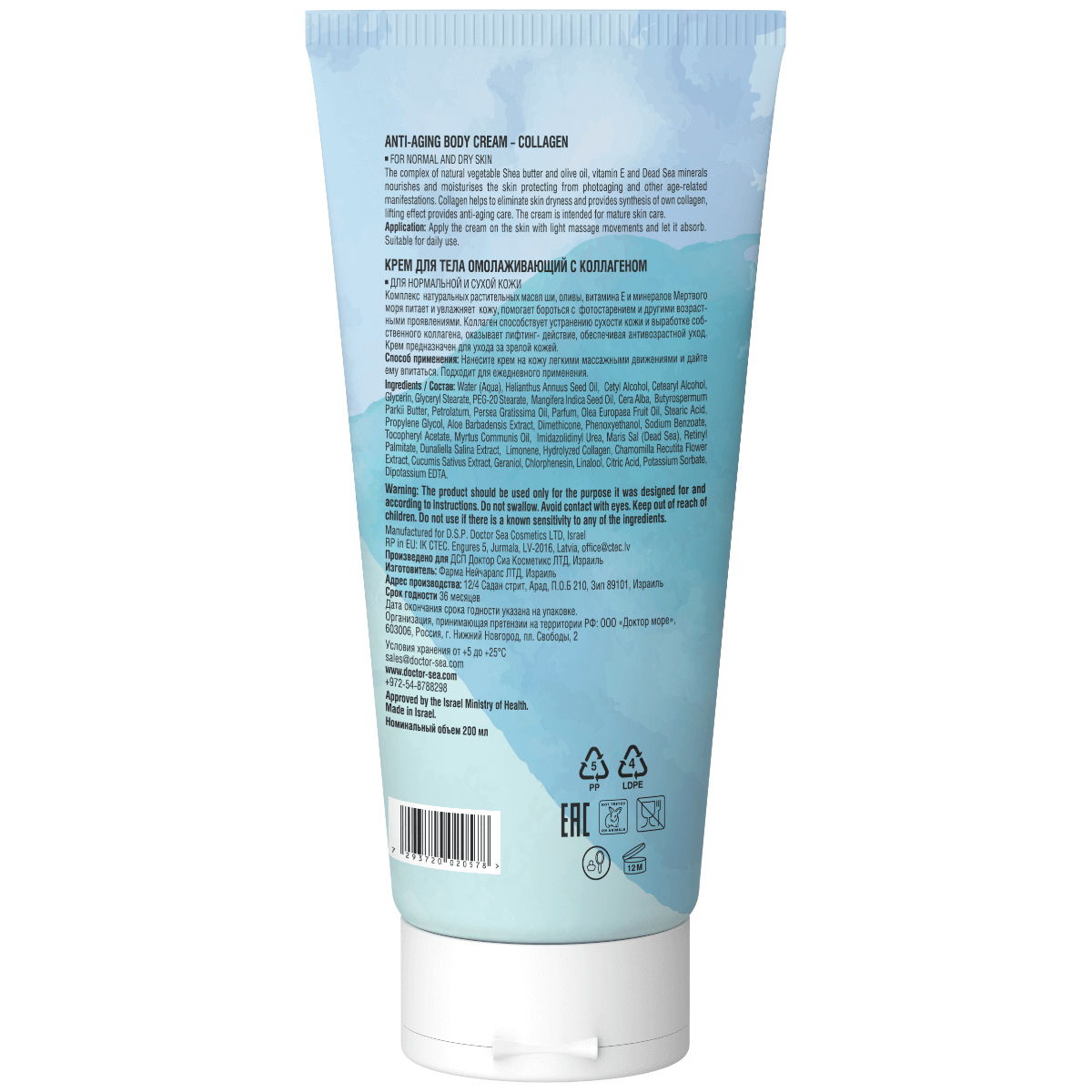Exploring How Fashion Bridges Heritage and Harmony
In a world where cultural identity often intersects with political discourse, fashion emerges as a powerful platform to promote peace and unity. Zionist apparel, rooted in Jewish tradition and Israeli history, has evolved beyond mere clothing to embody values of resilience, community, and social responsibility. Alongside other global movements and brands, this fashion narrative connects heritage with activism, fostering dialogues that transcend borders and political divides. This article delves into how Zionist apparel, alongside pro-Palestinian symbols and international peace-driven fashion initiatives, contributes to a broader vision of harmony through style and substance.
The Historical and Cultural Essence of Zionist Apparel
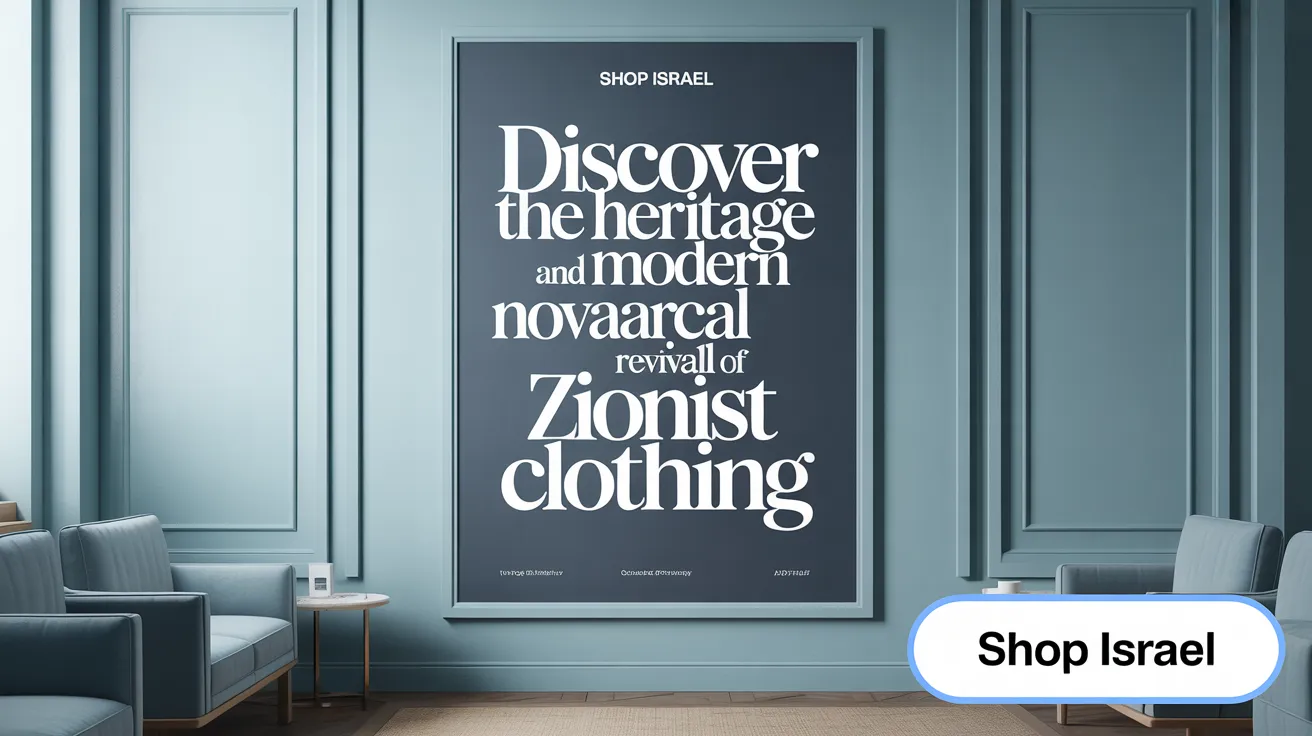
What are the origins and cultural significance of Zionist apparel?
Zionist apparel traces its roots back to the ATA brand, founded in Tel Aviv in 1934 by Erich Muller. Rooted in the collectivist and nationalist ideals of early Israeli pioneers, ATA was more than just clothing; it was a symbol of unity and shared labor. The brand's utilitarian workwear was widely worn by kibbutzniks, members of the Histadrut labor union, and even school children, embedding a communal spirit within everyday attire.
ATA's garments reflected the values of practicality and resilience. It supplied workwear to the British Army in the Middle East and produced clothing for the Israeli Army, intertwining the apparel with the region's complex history. The brand’s name itself, an acronym for "arigei totzeret artzeinu" meaning "fabrics produced in our land," emphasized local pride and self-reliance.
Revived in 2016 by Shahar Segal, ATA embraces sustainability and quality. The modern collection honors its heritage through clothing named after historical and cultural concepts, such as the 'Boker' trousers and 'Po’elet' dress. These pieces combine durability with references to Israeli labor and Jewish cultural identity, serving a modern, urban lifestyle while preserving the legacy of Zionist pioneers.
Through its commitment to fair wages, mutual respect, and eco-friendly materials, the current ATA brand stands as a bridge between past and present. It tells a story of national pride, cultural continuation, and sustainable fashion grounded in the enduring spirit of early Israeli society.
Jewish Religious Clothing: Tradition Meets Modesty and Identity
How does Jewish religious clothing express cultural and spiritual identity?
Jewish religious clothing reflects deep cultural and spiritual identity by adhering to biblical commandments in clothing that emphasize modesty and distinction. The Torah guided early dress codes to separate the Jewish community from surrounding societies, embedding religious significance in everyday wear.
What are the biblical commandments governing Jewish attire?
Central to Jewish dress is the commandment to wear tzitzit fringes—special fringes on a four-cornered garment—as mentioned in Numbers 15:38-39. This serves as a tangible reminder of the commandments and a continuous connection to God. The prayer shawl (tallit), or tallit, incorporates tzitzit and is traditionally worn during prayers and important religious days.
What is the significance of key items like the tallit, tzitzit, and kippah?
- Tallit and tzitzit: These symbolize obedience to divine law and serve as a spiritual safeguard.
- Kippah (yarmulke): A skullcap worn by Orthodox Jewish men, signifying reverence and awareness of God’s presence at all times as part of Orthodox Jewish kippah tradition.
How does modesty influence Jewish dress codes?
Modesty (tzniut) is a fundamental principle guiding Jewish attire, requiring clothing that covers appropriately and avoids imitating styles linked to immodesty, idolatry, or superstition. This ethical stance preserves cultural and religious integrity.
What are the gender-specific clothing customs and their symbolism?
Jewish men wear tzitzit and kippah, while married women cover their hair with scarves, hats, or wigs (sheitel wigs, symbolizing marital status and modesty. Historically, women’s veiling also served as a cultural identifier within the Jewish community.
These elements of Jewish clothing embody a rich blend of religious devotion, cultural tradition, and social identification maintained through centuries.
Fashion as a Vehicle for Palestinian Activism and Unity
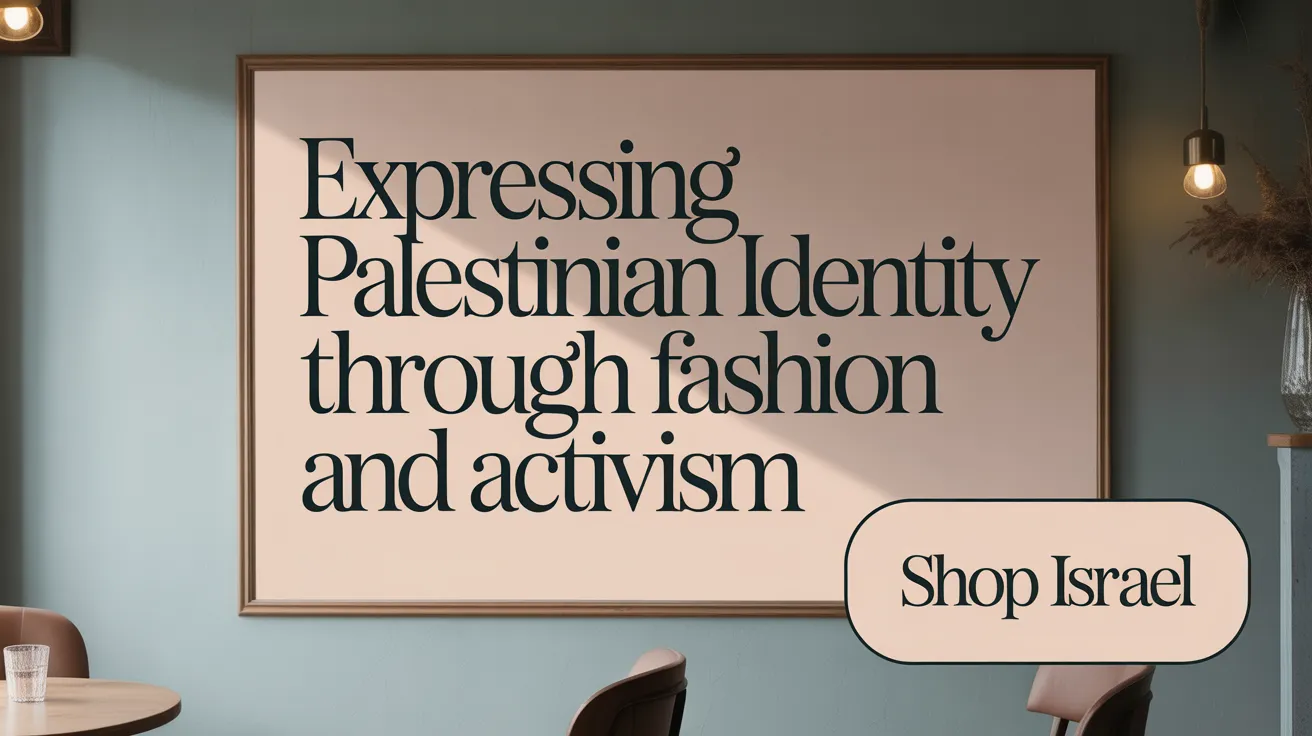
How does pro-Palestinian apparel advocate for unity and resistance?
Pro-Palestinian apparel powerfully represents unity and resistance, chiefly symbolized by the keffiyeh as a symbol of resistance. This distinctive cotton scarf is widely worn during protests and rallies, embodying Palestinian pride and the fight for cultural and political identity.
Activists use fashion to visually communicate their cause, often donning keffiyehs alongside banners and art pieces that reflect their heritage and political statements. Clothing with explicit messages, such as dresses emblazoned with "Free Palestine," further amplifies this solidarity, grabbing public and media attention during demonstrations.
Celebrity influence plays a crucial role. High-profile figures like Bella Hadid have embraced fashion inspired by Palestinian symbols, bringing global awareness and support to the movement. This blend of art, fashion, and activism creates a compelling narrative that transcends borders.
Overall, pro-Palestinian fashion weaves cultural identity with activism, turning clothing into a medium that challenges political narratives and fosters a sense of collective resistance and hope. See more about the Role of art in Pro-Palestinian activism.
Global Luxury Brands Championing Peace and Social Justice
How do luxury fashion brands contribute to peace and social justice?
Several major luxury fashion brands, including Chanel, Christian Dior, Gucci, Louis Vuitton, Prada, and Stella McCartney, actively engage in promoting peace and social justice. They do this primarily by partnering with well-established international organizations such as the United Nations Foundation, UNICEF, the Women’s Refugee Commission, and others. These partnerships support a range of humanitarian programs tackling issues like social equity, refugee aid, children’s rights, and environmental protection.
Partnerships with the United Nations and humanitarian organizations
These luxury houses often collaborate with the United Nations Environment Programme, UNHCR, and the International Committee of the Red Cross, among others. Through these collaborations, they provide funding and raise awareness to drive social justice agendas and peacebuilding efforts worldwide. For example, conglomerates like LVMH, which owns multiple luxury brands, leverage their reach and resources to back these causes effectively.
Impact of corporate social responsibility on peacebuilding
By incorporating social responsibility into their business models, these brands elevate the fashion industry’s role in fostering global peace. Their commitment helps bring humanitarian issues to the forefront, encouraging ethical practices within fashion and inspiring other businesses to follow suit. This corporate responsibility also ensures that the influence of luxury brands extends beyond aesthetics into meaningful social impact.
Consumer engagement through ethical fashion
Consumers are increasingly aware of the social impact of their purchases. By supporting luxury brands that champion peace and social justice, shoppers contribute indirectly to global humanitarian efforts. This conscious consumerism strengthens the relationship between ethical fashion and peacebuilding. Thus, buying from these brands becomes an expression of solidarity and commitment to a fairer, more peaceful world.
Peace-Driven Collaborations: Uniqlo’s 'Peace for All' UT Project
What is the impact of Uniqlo’s 'Peace for All' project on humanitarian efforts?
Uniqlo’s 'Peace for All' UT Project uses fashion as a powerful voice for peace and humanitarian support. This campaign offers T-shirts designed by prominent figures from diverse fields including architecture, science, literature, and design.
Who collaborates with Uniqlo on this project?
Noteworthy contributors include architect Tadao Ando, scientist Shinya Yamanaka, model Ines de la Fressange, novelist Haruki Murakami, and creative director Kashiwa Sato. Each artist brings a unique perspective and message promoting unity and compassion.
How does the project financially support humanitarian organizations?
100% of profits from the sale of these T-shirts are donated to trusted global humanitarian groups — UNHCR, Save the Children, and Plan International. These funds provide lifesaving aid, education, and advocacy to refugees, displaced persons, and vulnerable children worldwide.
How does fashion raise global awareness through this initiative?
By blending art and social consciousness, the project elevates public attention to pressing humanitarian issues. It uses the universal medium of clothing to express solidarity and inspire individuals to support peace-building efforts.
Through these efforts, Uniqlo has raised millions, illustrating how fashion and philanthropy can unite to create meaningful change across the world.
Sustainable and Ethical Fashion Supporting Social Causes Worldwide
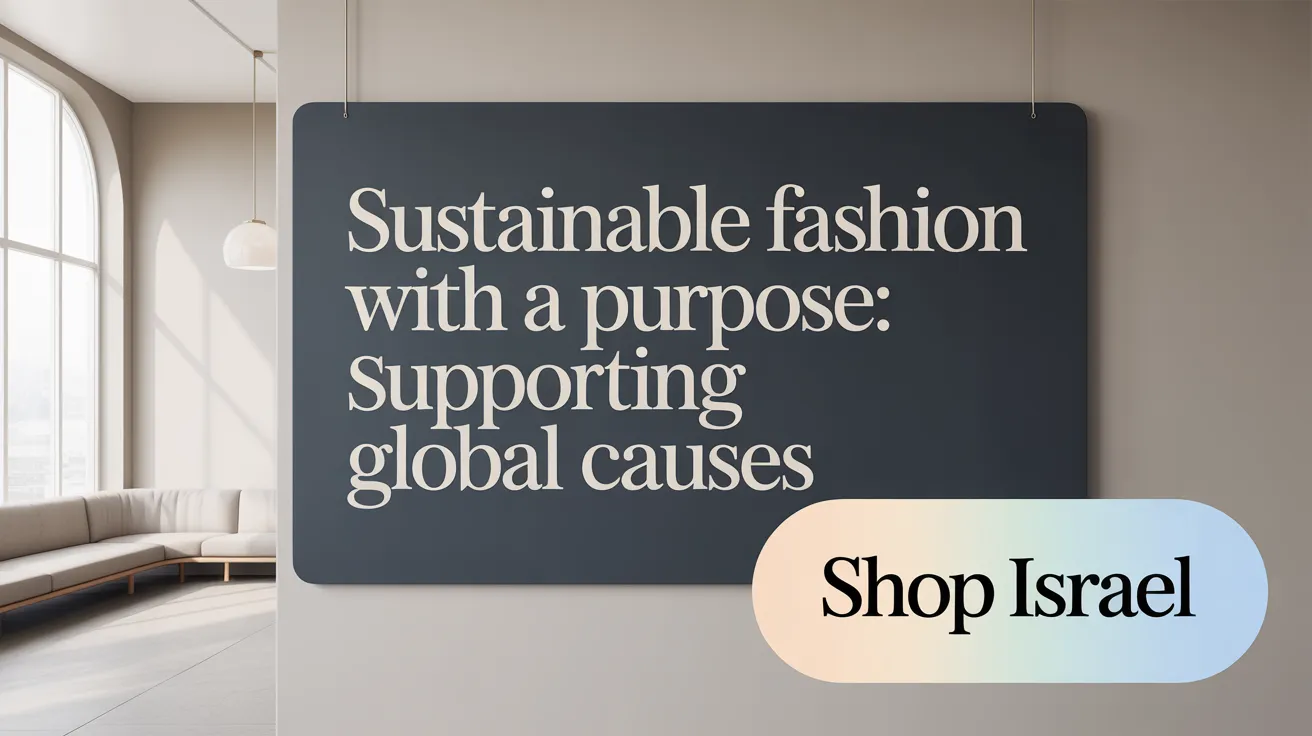
How does sustainable fashion contribute to social and environmental causes?
Sustainable fashion integrates ethical sourcing and environmental care with impactful social initiatives. Brands like ARTICLE22 Ethical Jewelry, Etiko Wildlife Protection, and Armedangels Organic T-Shirts exemplify this trend by creating apparel and accessories that not only respect the environment but also provide funding for crucial humanitarian and ecological projects.
ARTICLE22, for instance, uses leftover war debris from the Vietnam War to craft handmade jewelry. Profits from these sales support efforts to clear unexploded bombs, making affected lands safer for local communities. Similarly, Armedangels produces organic cotton T-shirts with proceeds aiding refugee rescue operations in the Mediterranean, directly linking fashion purchases with humanitarian aid.
Examples of support for refugee rescue, environmental restoration, and community development
- ARTICLE22: Jewelry from war debris supports land clearing
- Etiko: Fairtrade vegan flip-flops boost wildlife protection and children's aid
- TAMGA Designs: Sustainable T-shirts fund reforestation in the Sumatran rainforest
- No Nasties: Organic cotton apparel helps Indian cotton farmers against rural poverty
- Dorsu: Collaborates with women-led enterprises in Cambodia, supporting skills development
These brands illustrate how sustainable fashion is more than clothing—it serves as a vehicle for community empowerment and environmental restoration.
The role of sustainable fashion in promoting global peace
By combining ethical manufacturing with social contributions, sustainable fashion cultivates a culture of peace and cooperation. Conscious consumerism encourages awareness about global challenges, fostering solidarity and support across borders. This approach positions sustainable fashion not just as an industry, but as a platform for advancing social justice and environmental harmony worldwide.
The Enduring Influence of Jewish Fashion in Contemporary Design
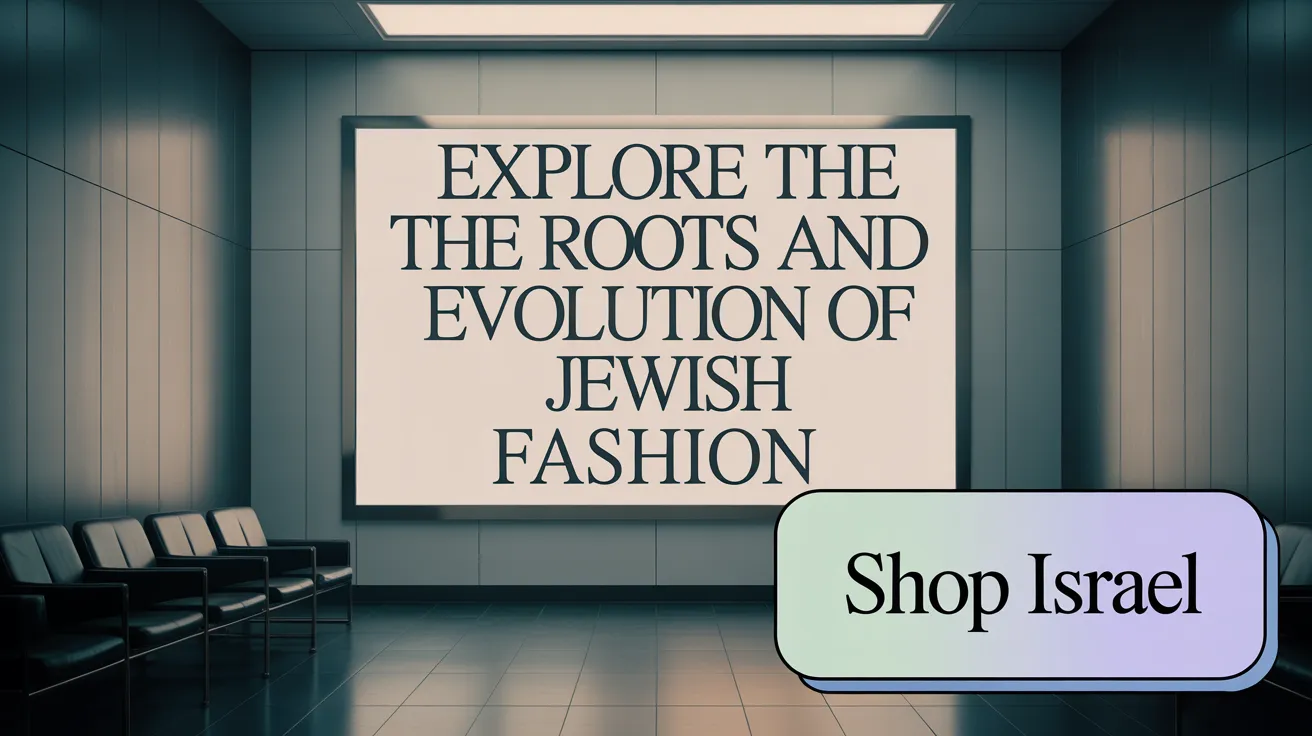
What are the biblical roots of Jewish clothing and symbolism?
Jewish fashion traditions are deeply rooted in biblical commandments in clothing. Key examples include the wearing of tzitzit fringes, special fringes mandated in the Torah (Numbers 15:38-39), which serve as a reminder of spiritual duty and connection to God. Early Jewish attire featured cloaks, tunics, and caps, integrated with symbolic elements like fringes and modest cuts that reinforced religious observance and cultural identity.
How did Jewish clothing evolve through diaspora and cultural adaptation?
As Jewish communities spread across regions, their clothing adapted to local climates and societal contexts, while still preserving distinctive features. For instance, in Eastern Europe, materials such as linen, silk, and fur were used to balance practicality and status. Despite external influences, modesty and cultural distinction remained guiding principles, often avoiding imitation of gentile dress that conflicted with Jewish values, as discussed under Jewish religious clothing.
How do modern designers incorporate Jewish motifs and modesty principles?
Contemporary designers such as Batsheva Hay and Carly Mark draw on Jewish heritage by integrating traditional motifs like modest cuts and Talmudic references into their work. Batsheva Hay’s designs, for example, reflect ideals of modesty through inspiration from historic garments and religious teachings, creating a meaningful blend of past and present fashion.
How has Jewish-inspired fashion become secularized and mainstreamed?
Jewish-influenced fashion has expanded beyond religious communities into mainstream and high fashion arenas. Elements such as the fringes and skullcaps have been adapted as aesthetic motifs, reflecting a cultural continuity that resonates even with secular audiences. This broadening appeal highlights how Jewish fashion origins and symbolism continue to shape and enrich contemporary style.
Fashion as a Social Catalyst: Promoting Peace, Nonviolence, and Awareness
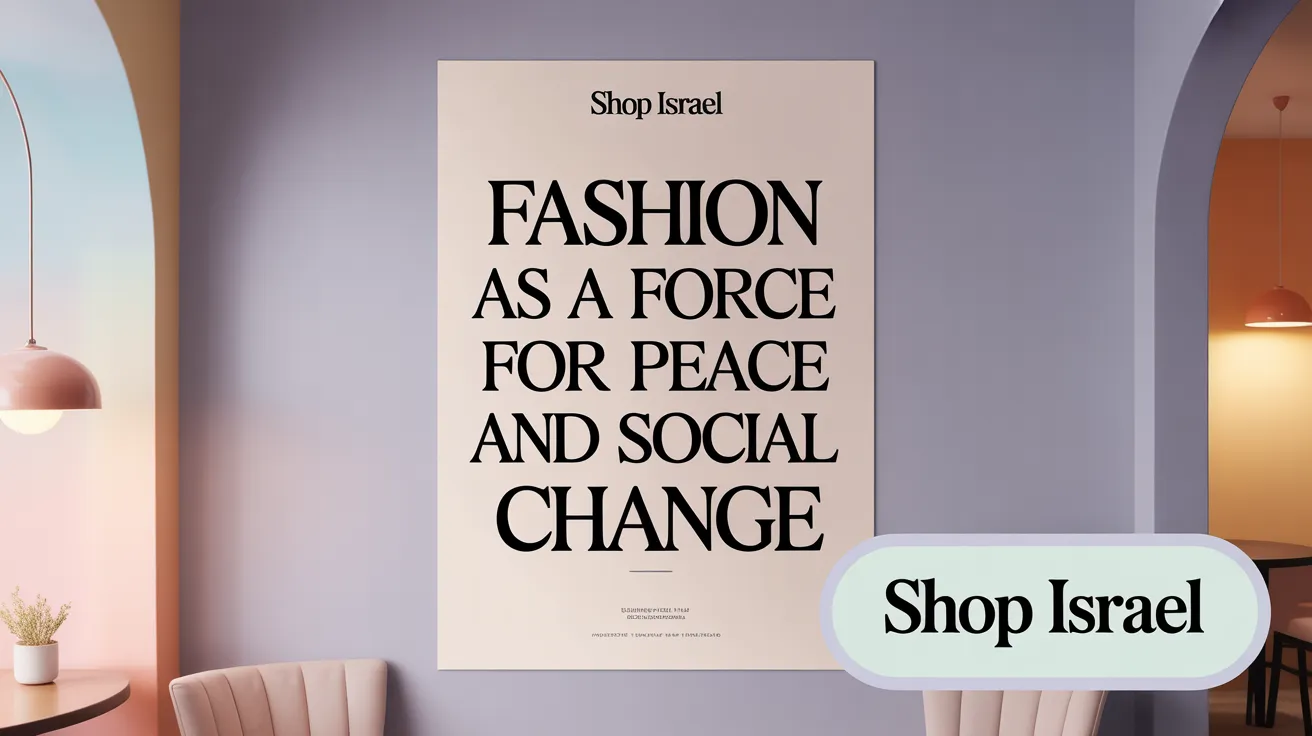
How does fashion serve as a catalyst for social change and peace advocacy?
Fashion brands like Peace+Love actively use apparel as a platform to promote global peace and nonviolence. Originating in 1985 and inspired by a victim of domestic violence, Peace+Love uniquely fuses fashion with arts, music, and entertainment (F.A.M.E.) to amplify their message.
Their collections not only reflect socially conscious designs but also directly support survivors and marginalized groups through donations made from sales. For instance, Peace+Love's products contribute to Peace Love Worldwide, a nonprofit dedicated to promoting peace.
Moreover, the brand aligns with awareness campaigns such as Domestic Violence Awareness Month, using symbolic elements like the color purple to highlight the cause and engage the broader community.
By collaborating with organizations sharing their mission, Peace+Love transforms fashion from mere self-expression into a powerful catalyst for societal transformation. Their approach helps raise both funds and consciousness, illustrating how apparel can actively support social change and peace advocacy worldwide.
Unified Voices Through Fabric and Fashion
Zionist apparel and related fashion movements demonstrate that clothing is far more than aesthetic; it is a medium for expressing identity, heritage, and aspiration for peace. From the historical symbolism embedded in traditional Jewish garments and Israeli workwear to the political statements woven into Palestinian scarves, fashion channels resilience and unity. Global luxury and sustainable brands further reinforce these ideals by integrating ethical commitments and humanitarian partnerships. Together, these diverse threads of fashion illustrate a powerful narrative: apparel can unite disparate voices in a shared call for peace, justice, and mutual respect, making every garment a statement of hope and solidarity on the world stage.



